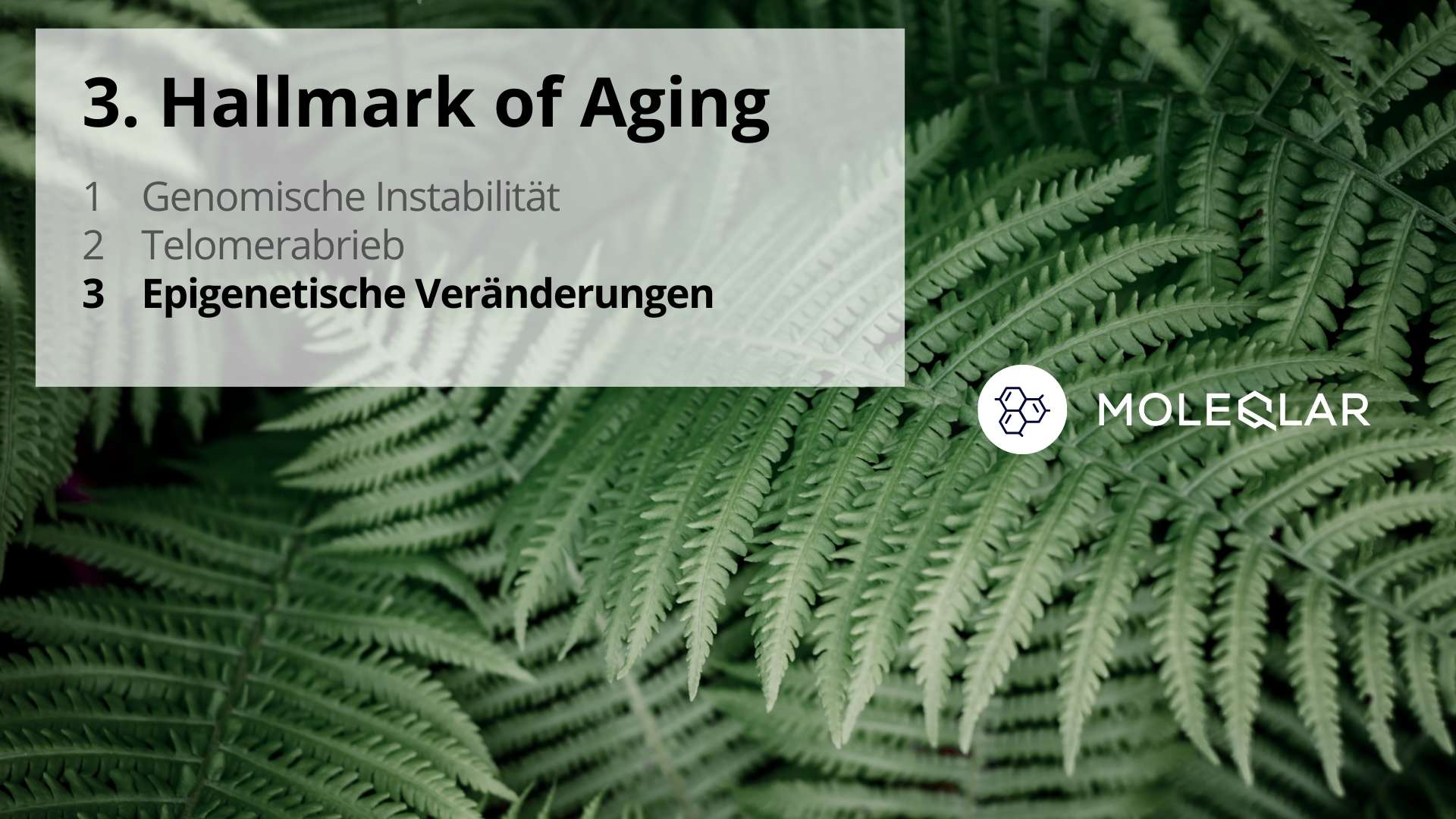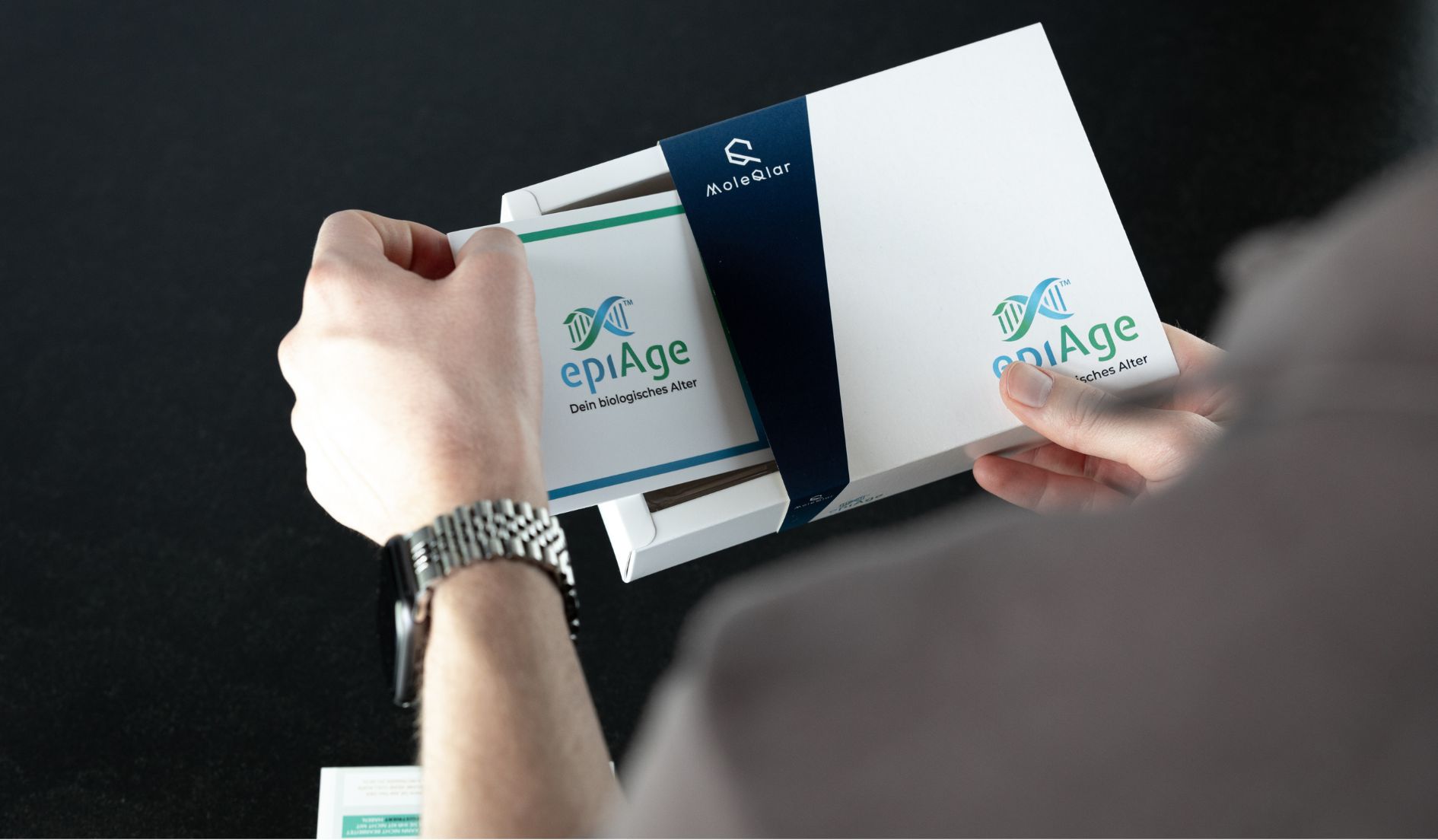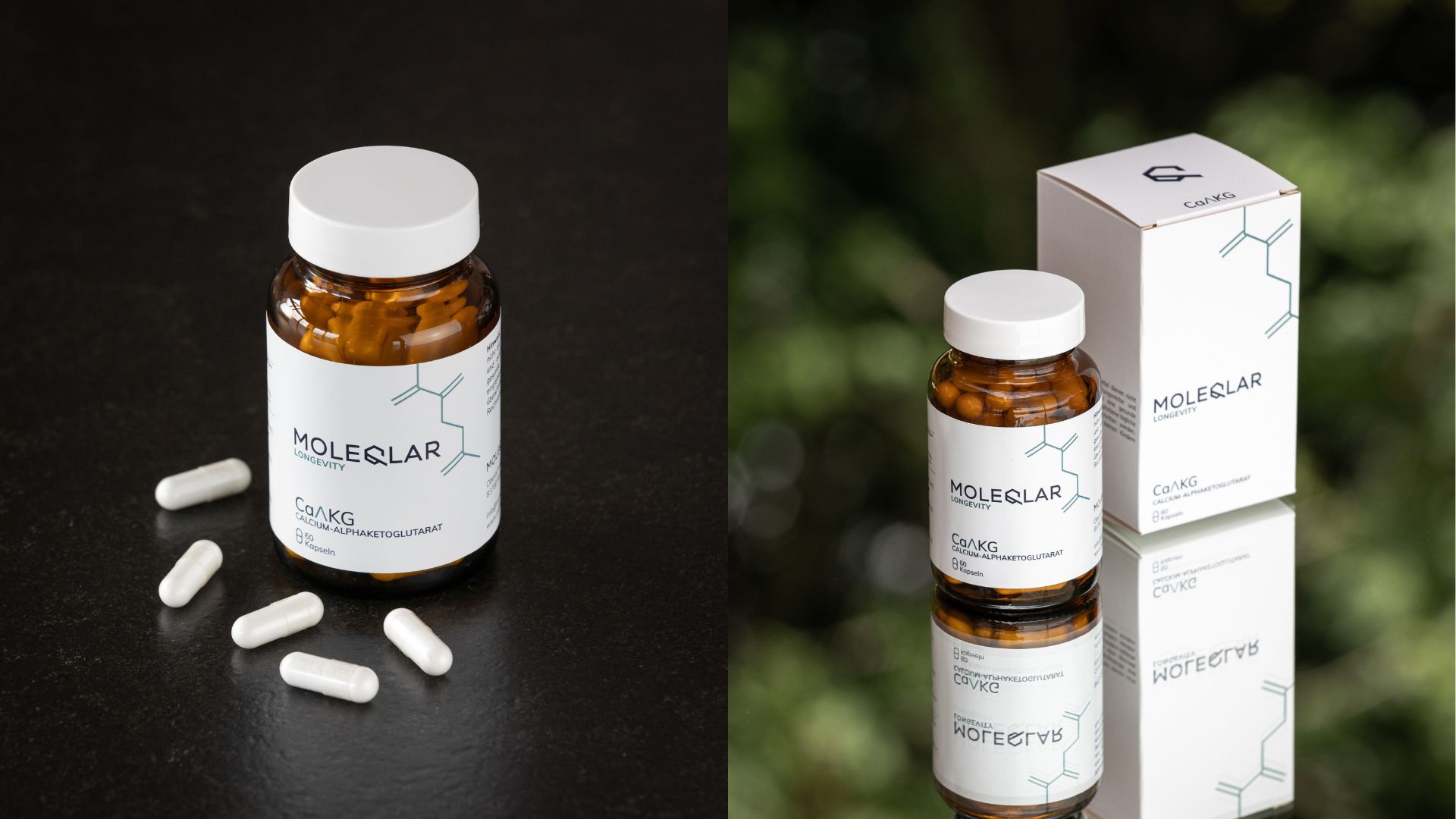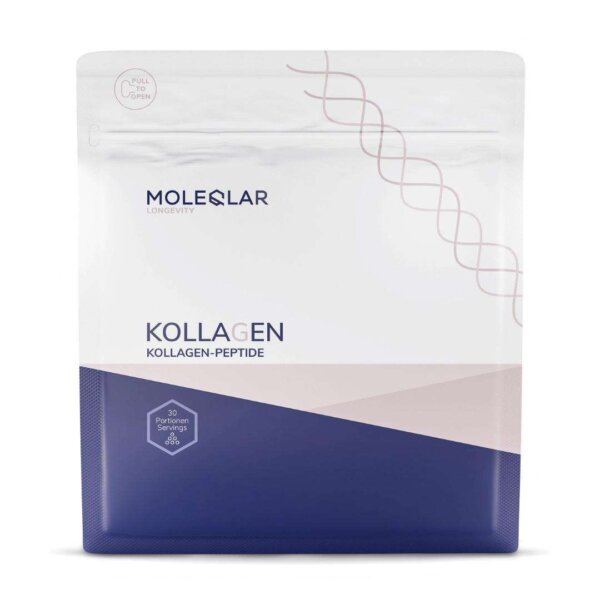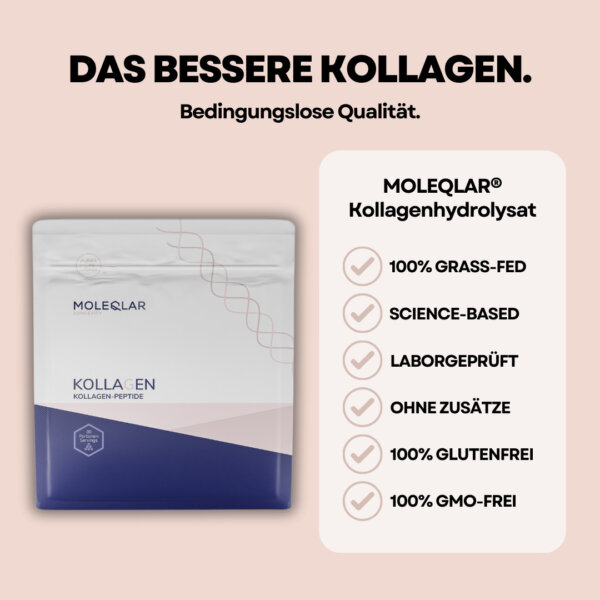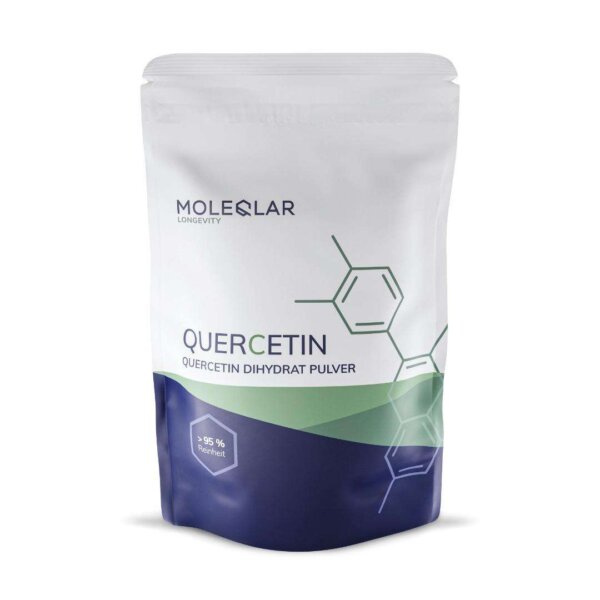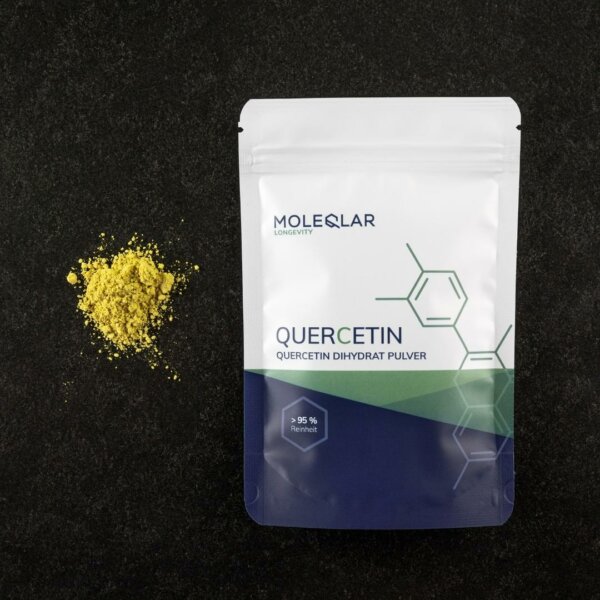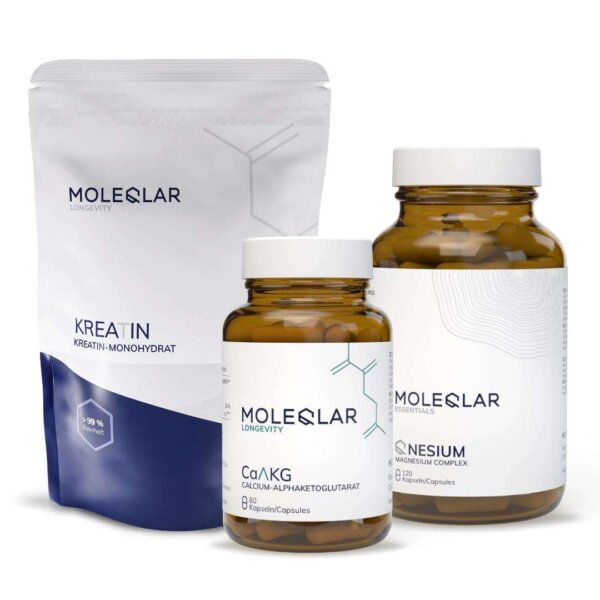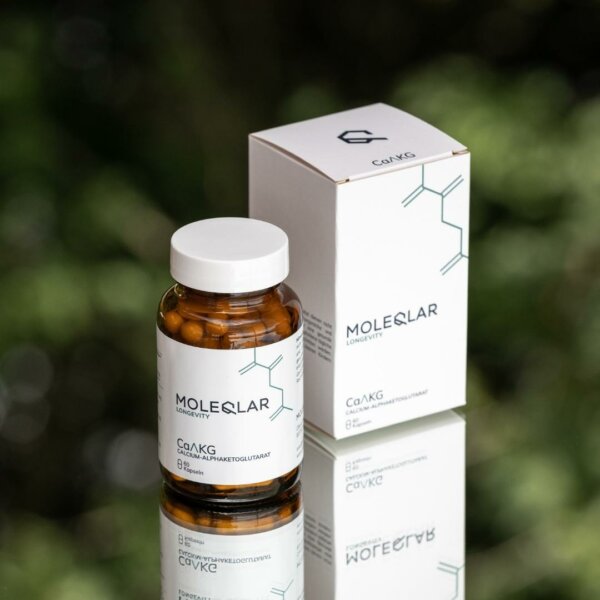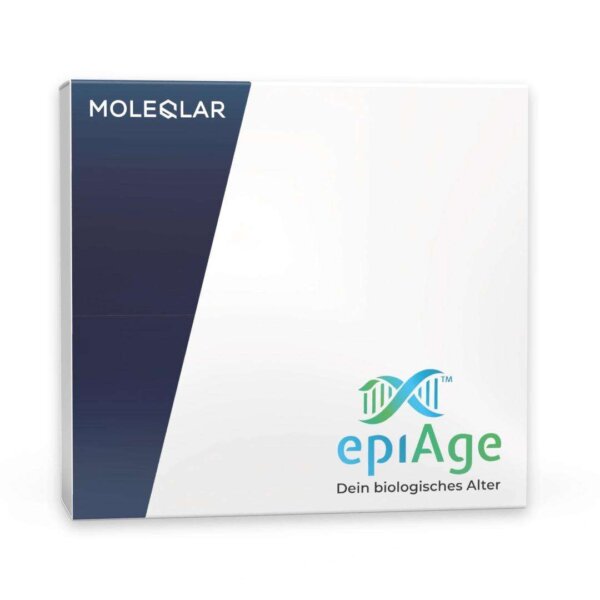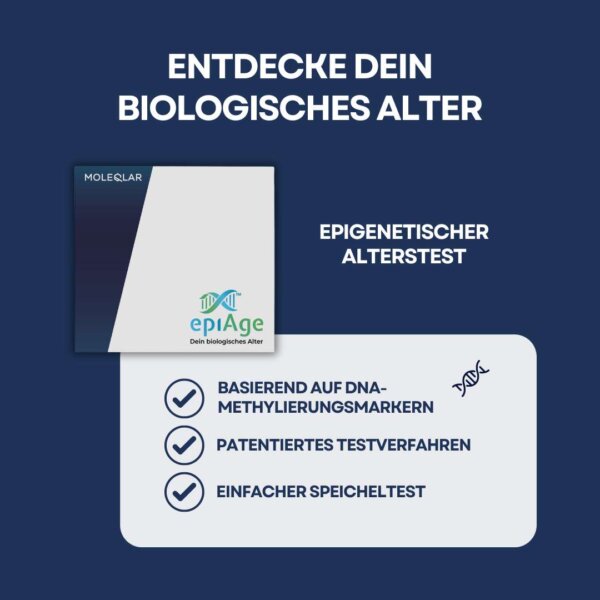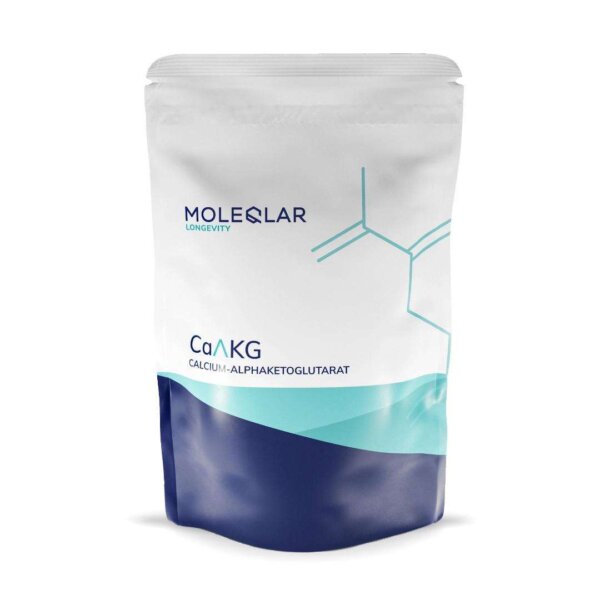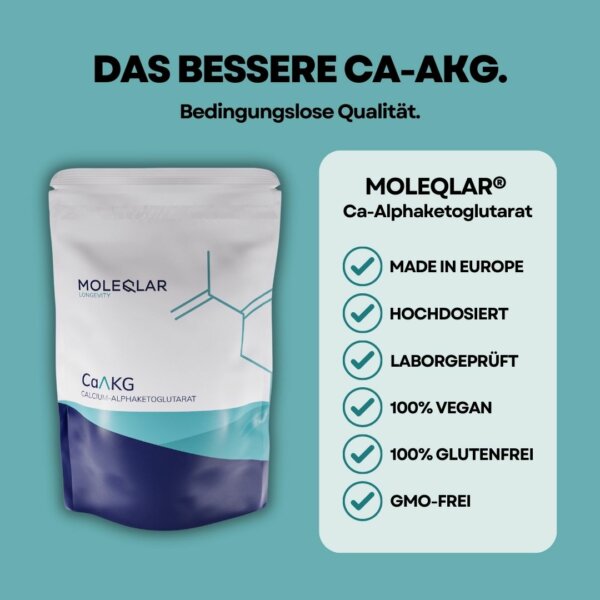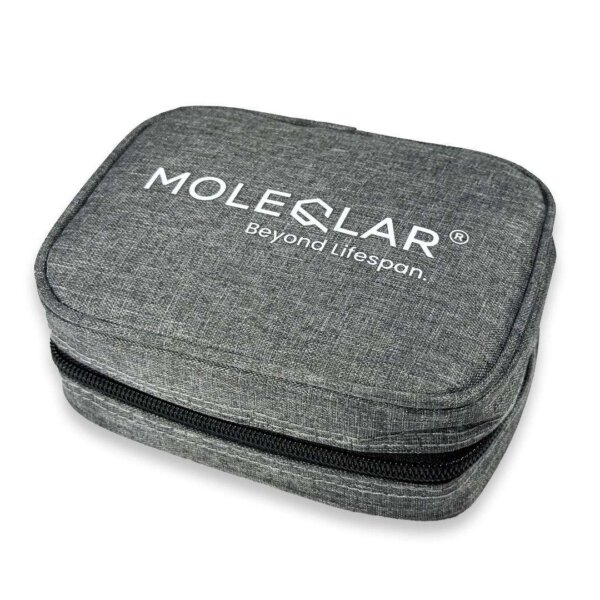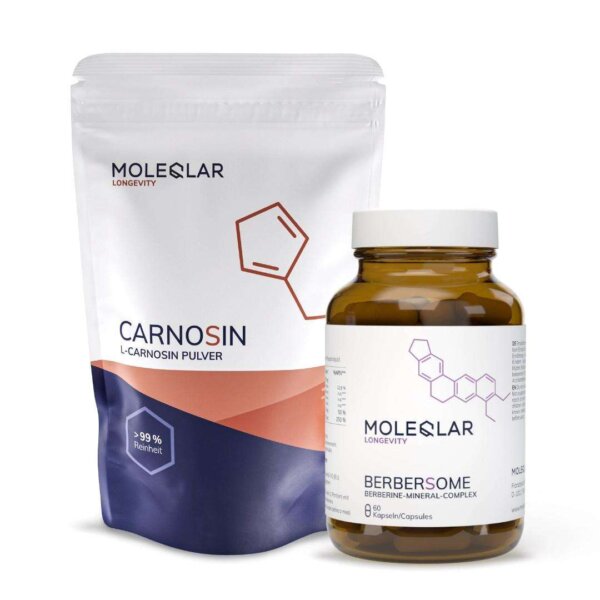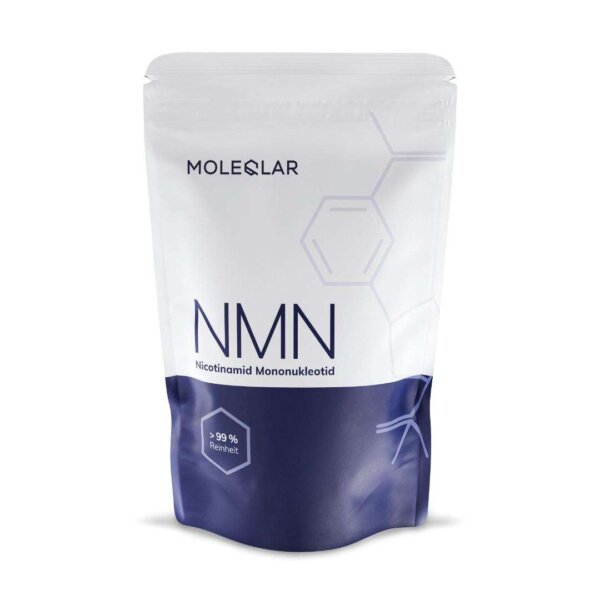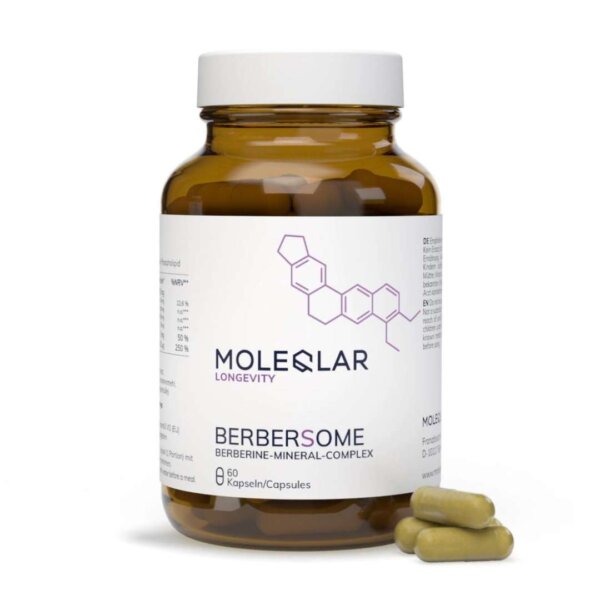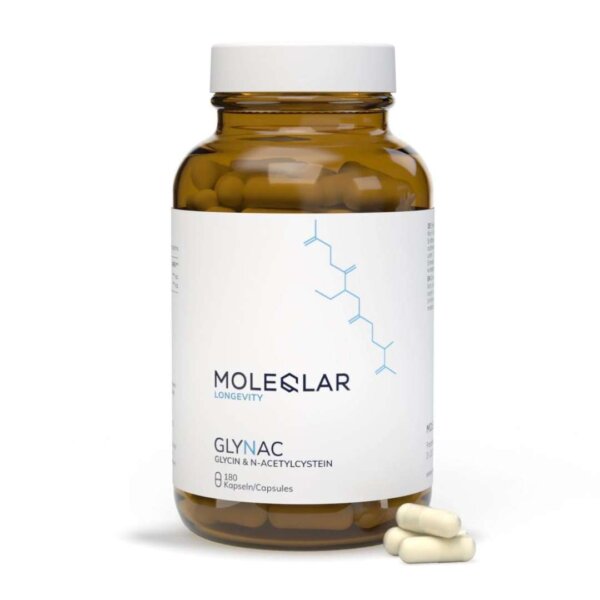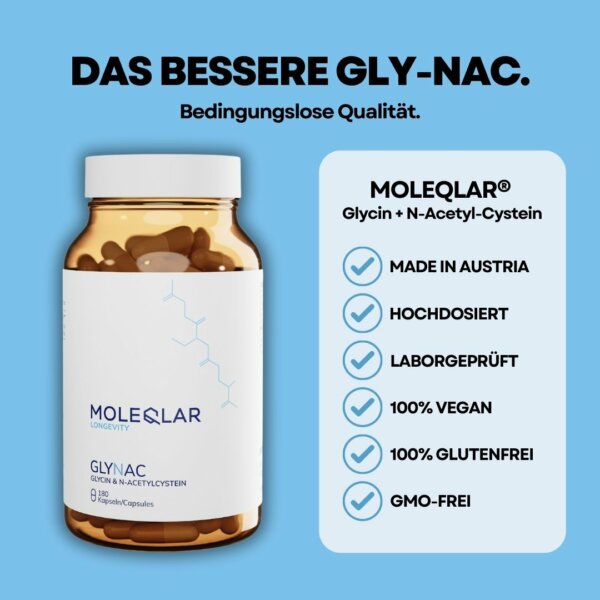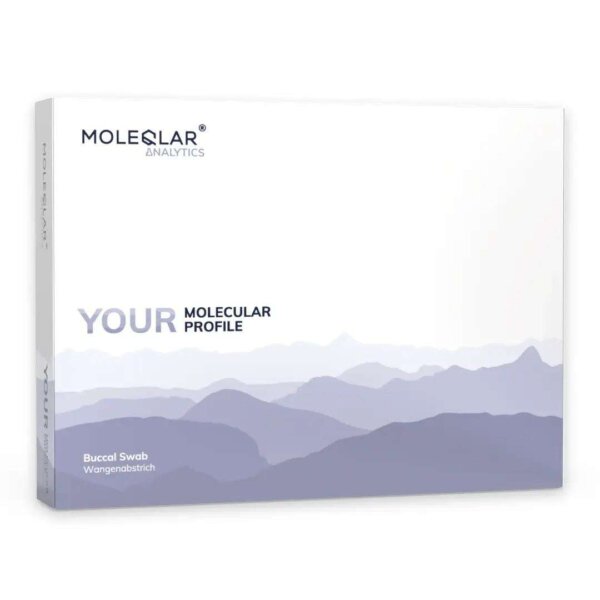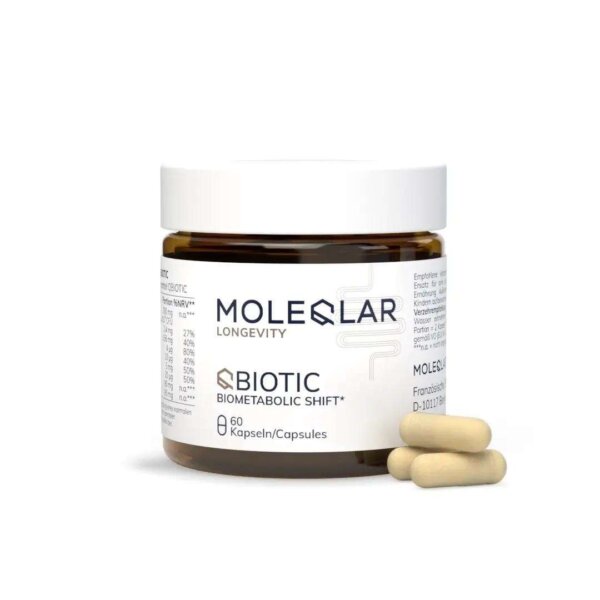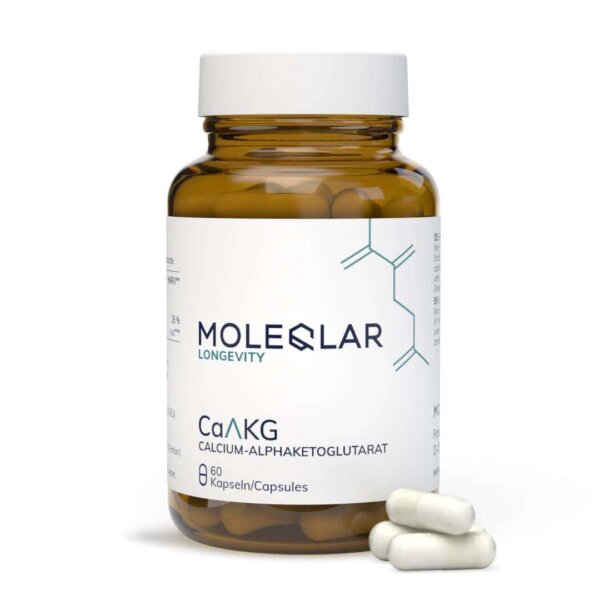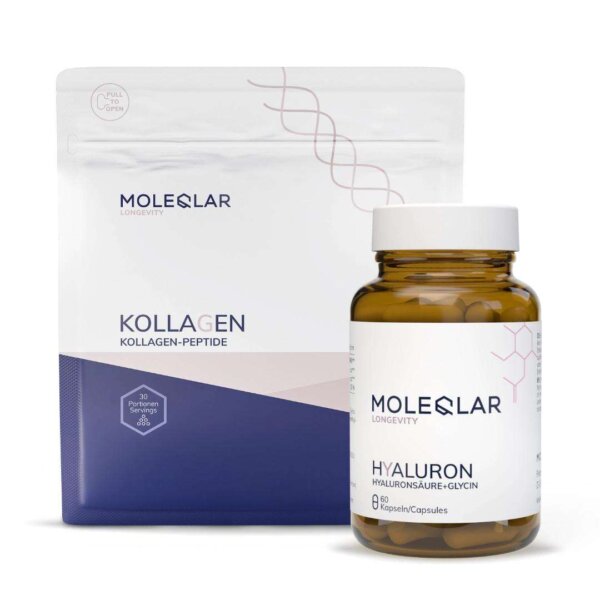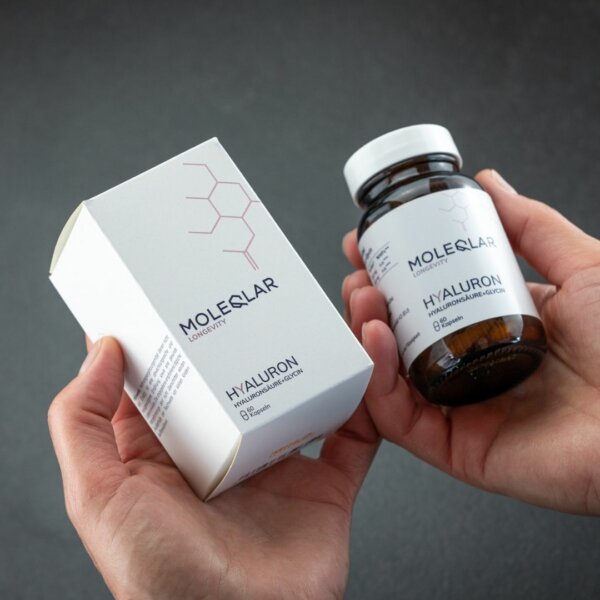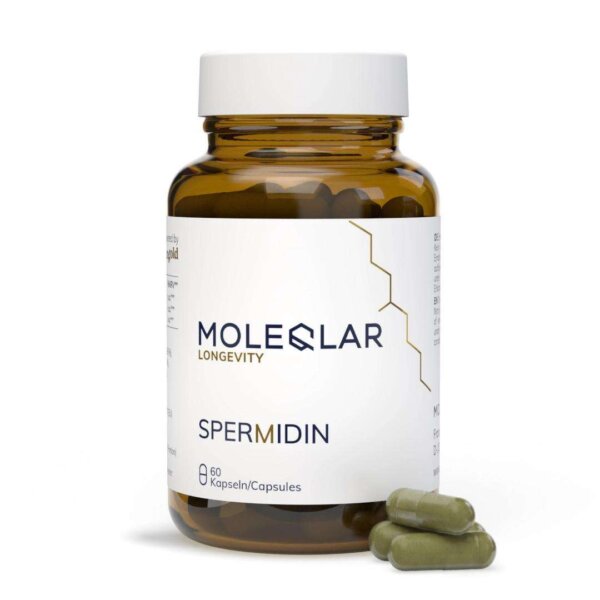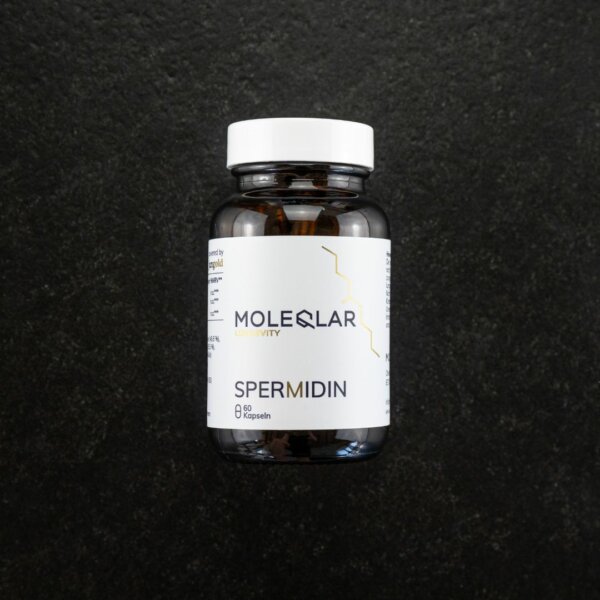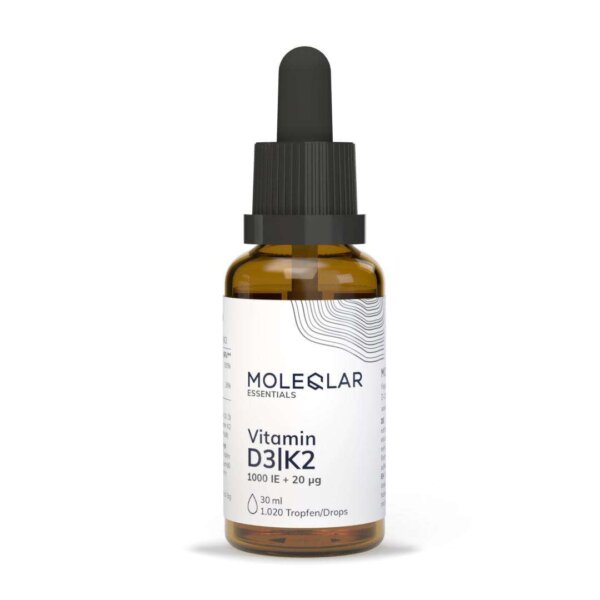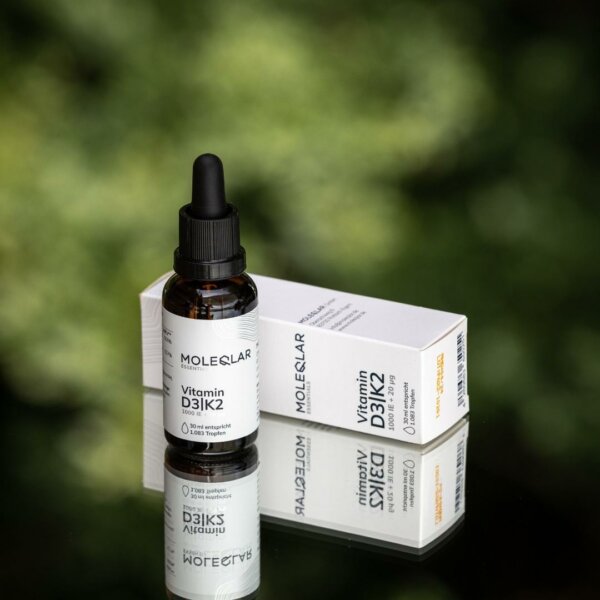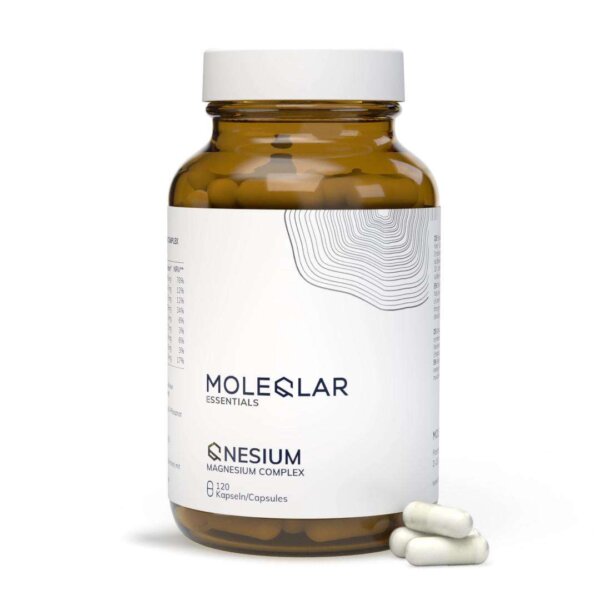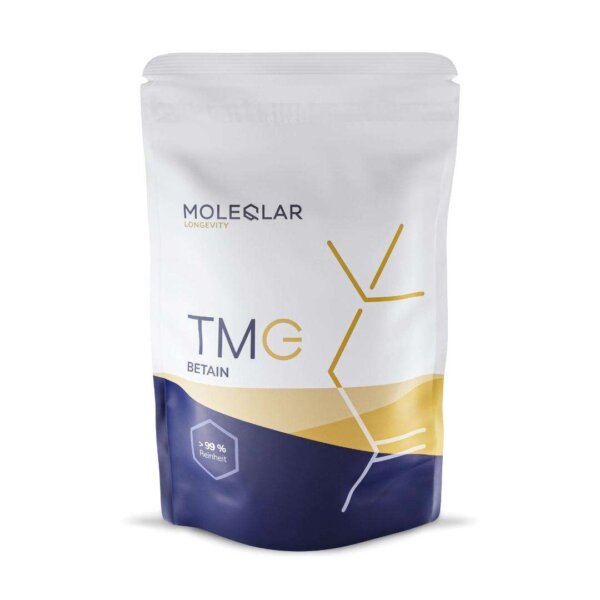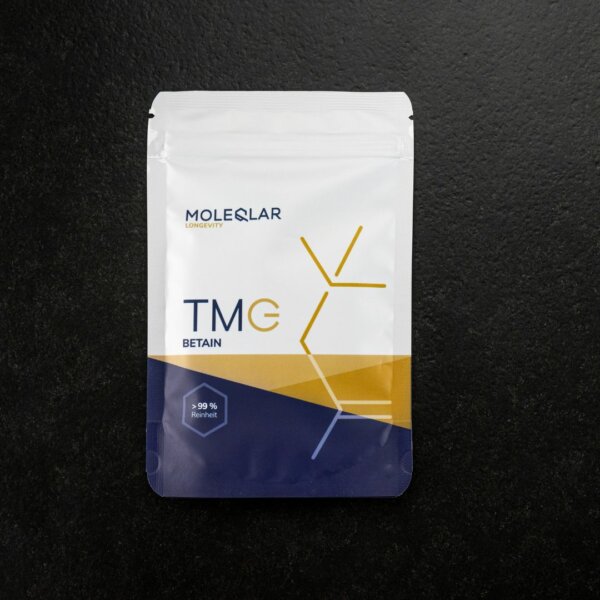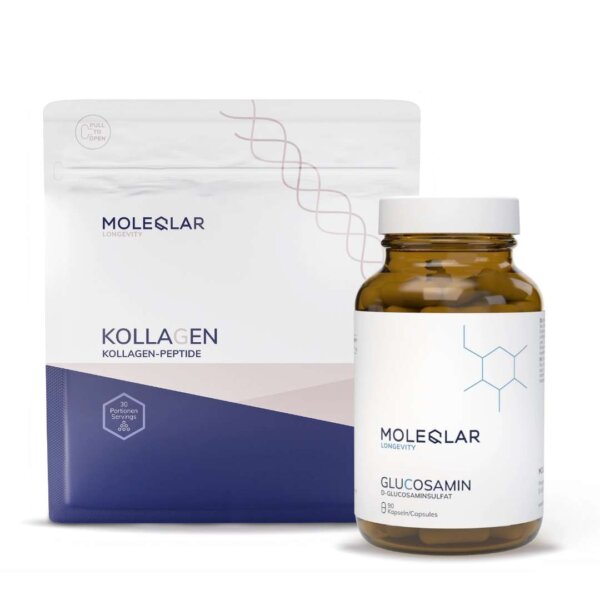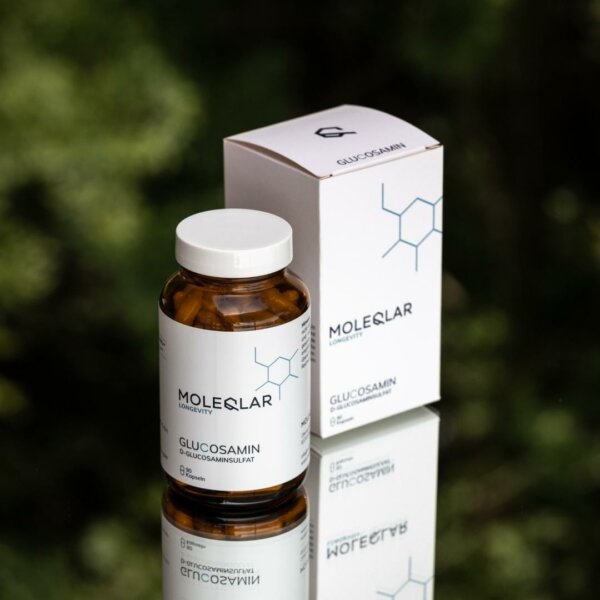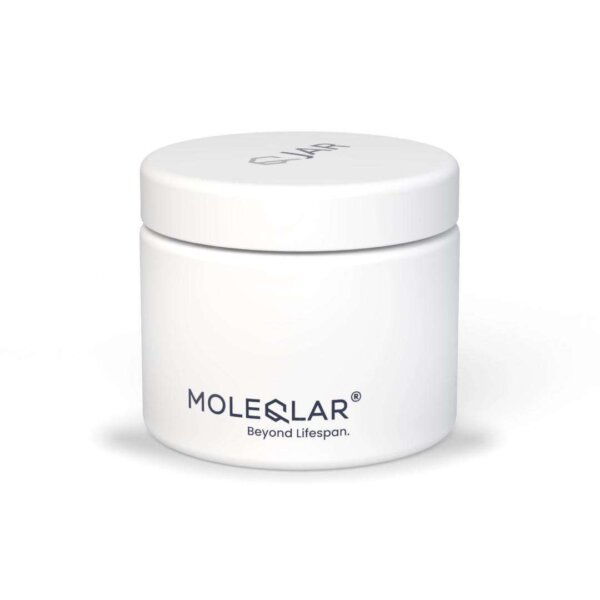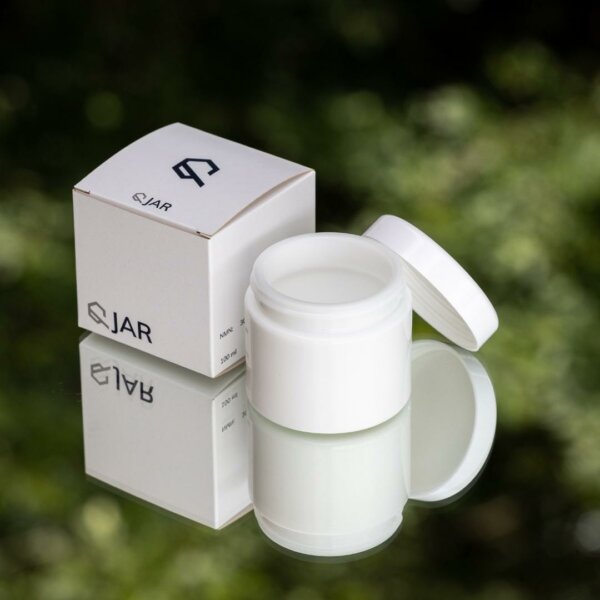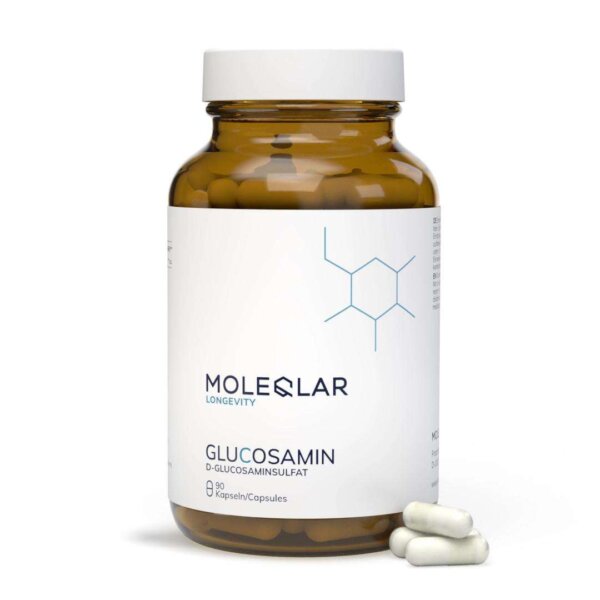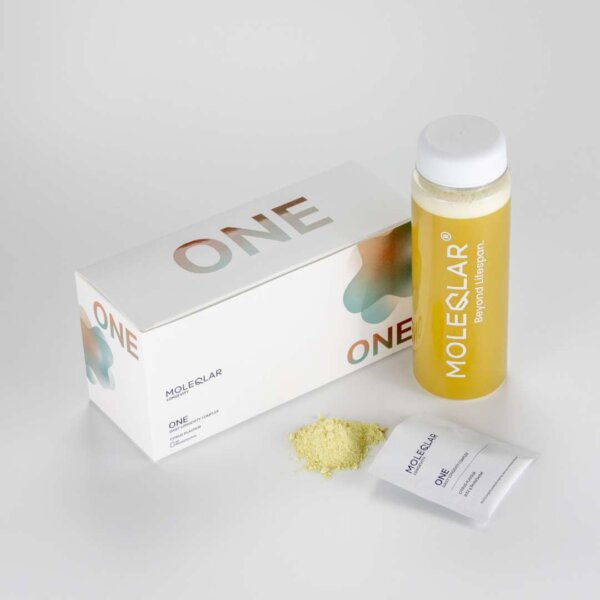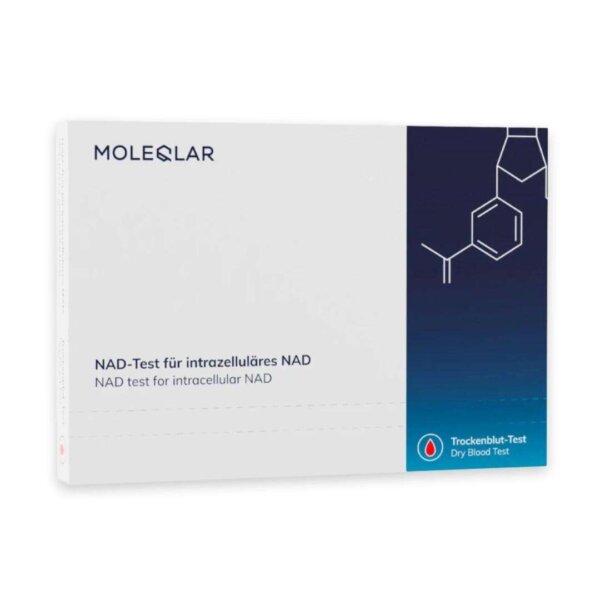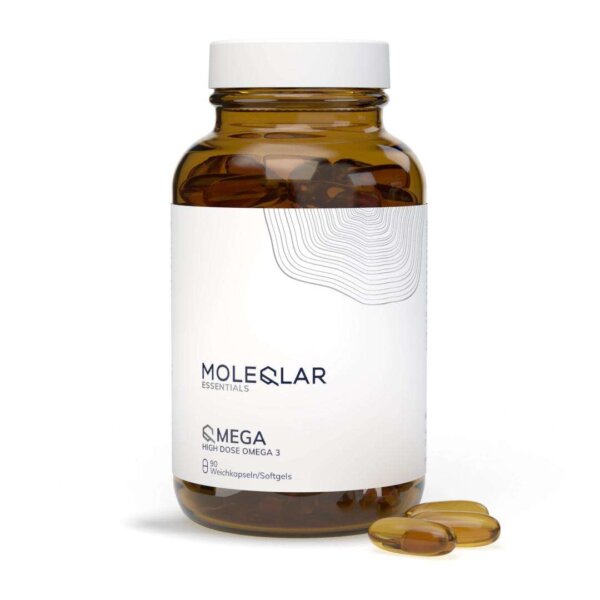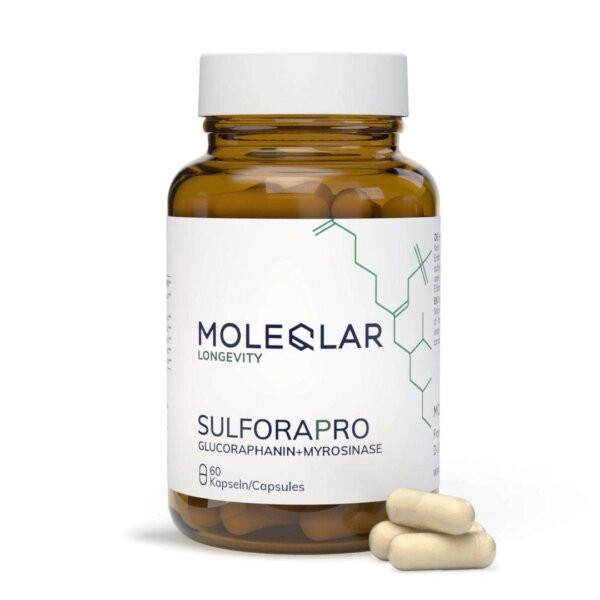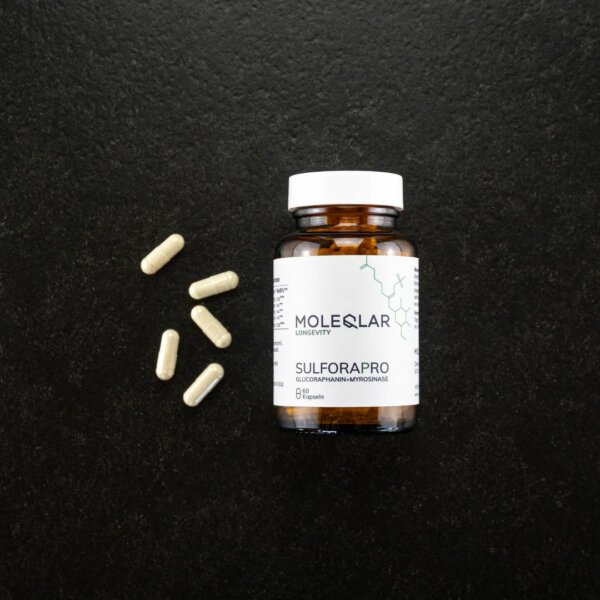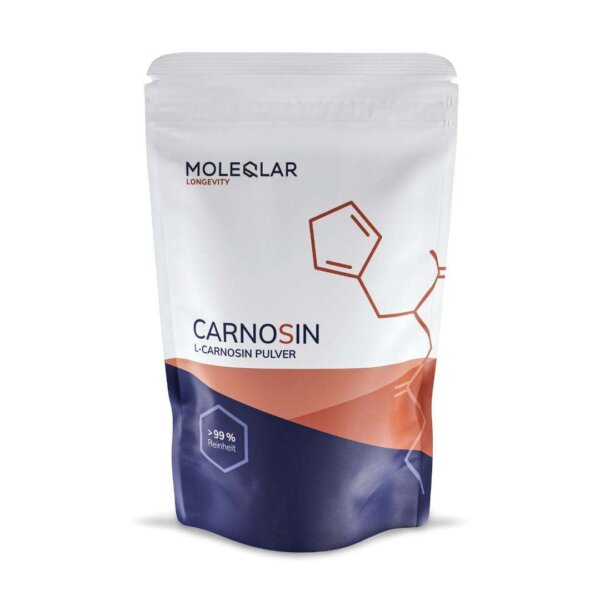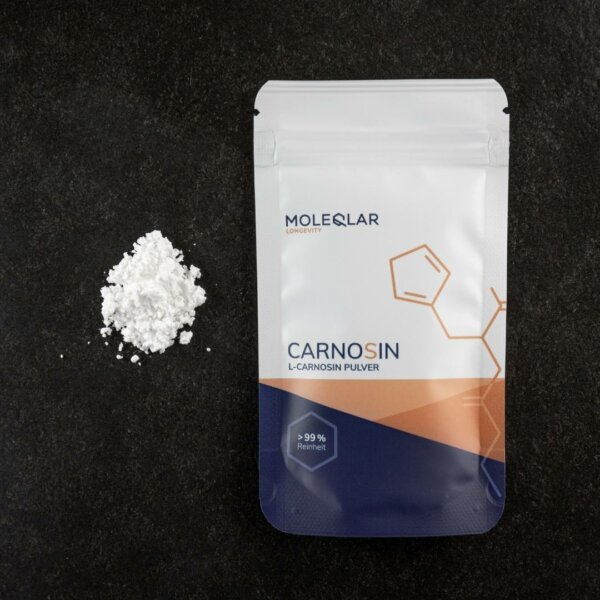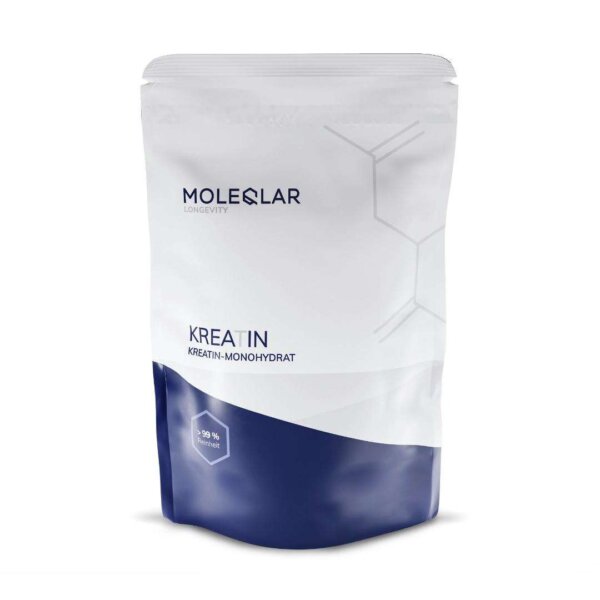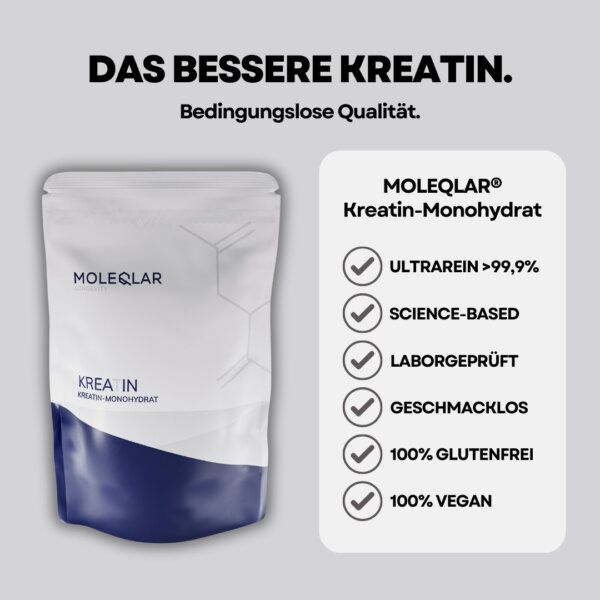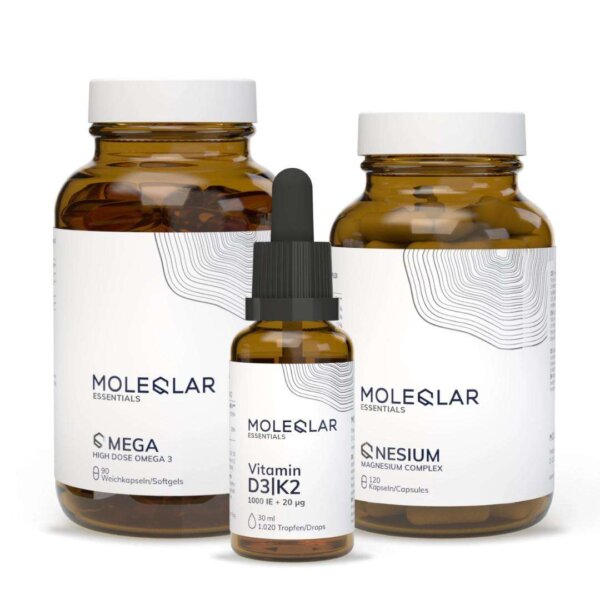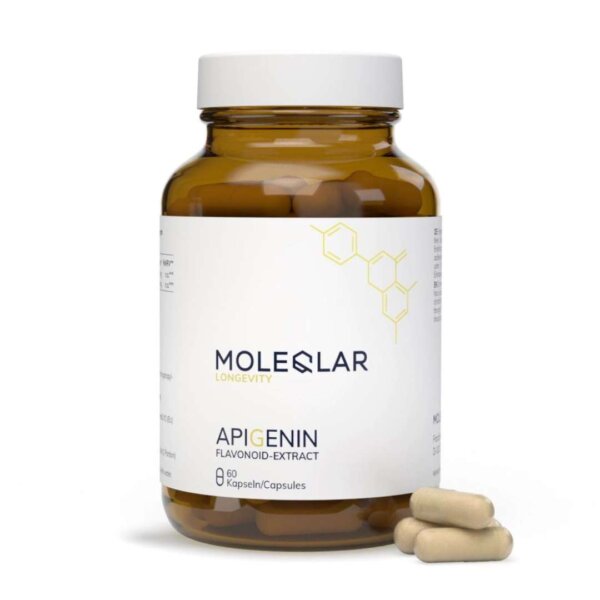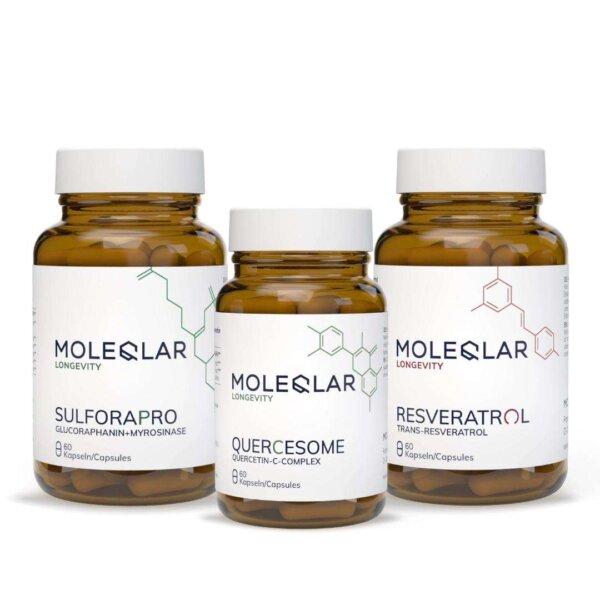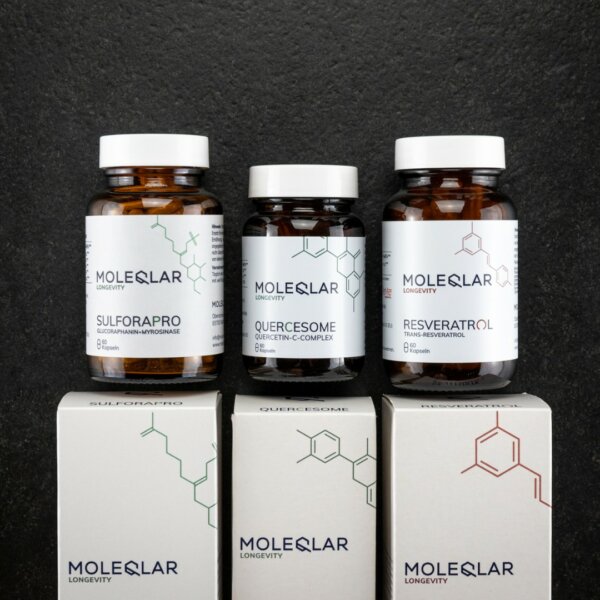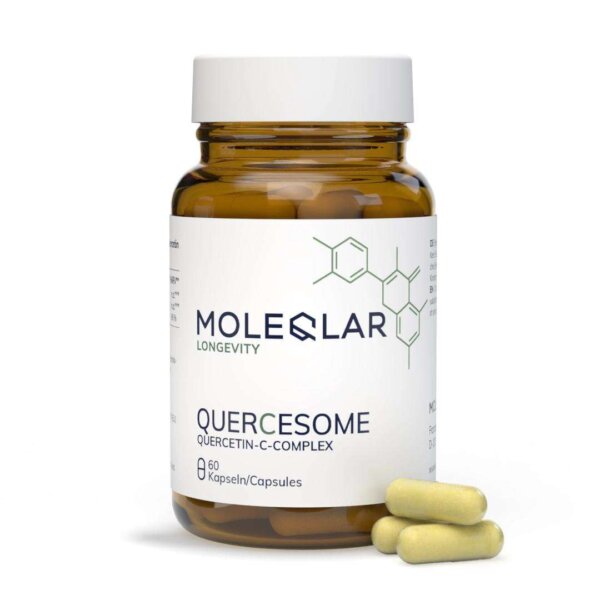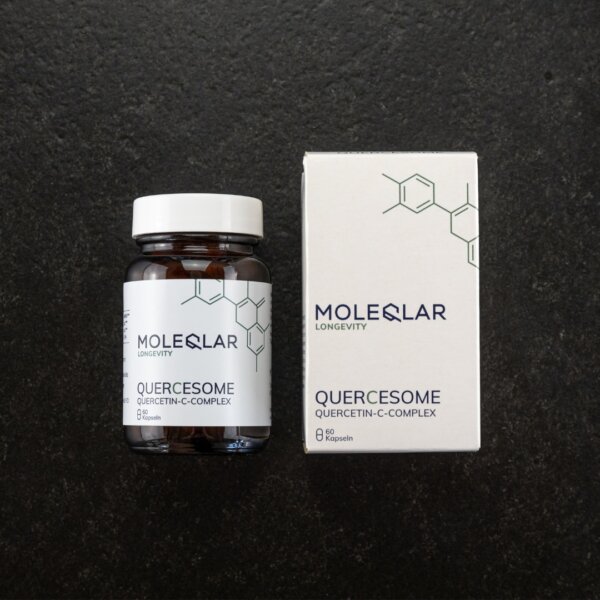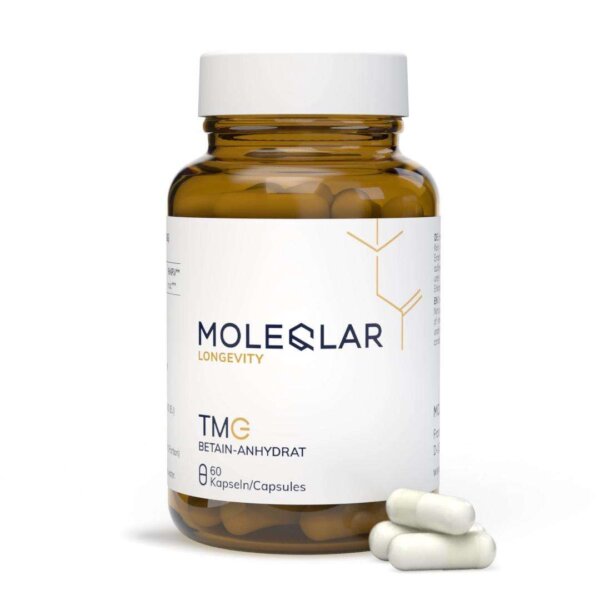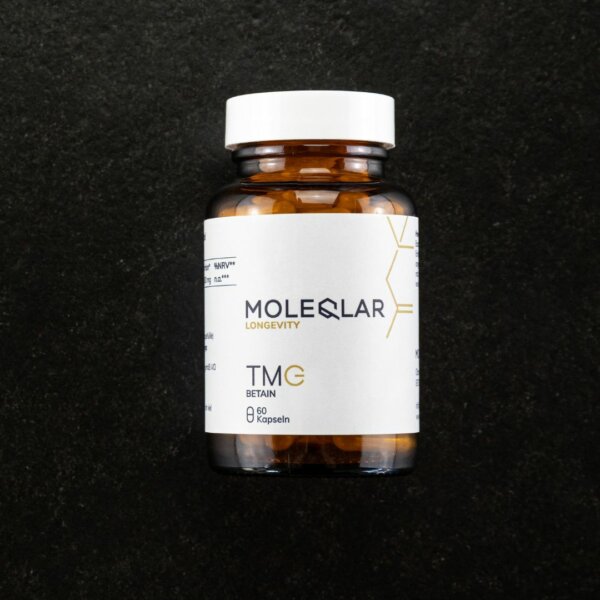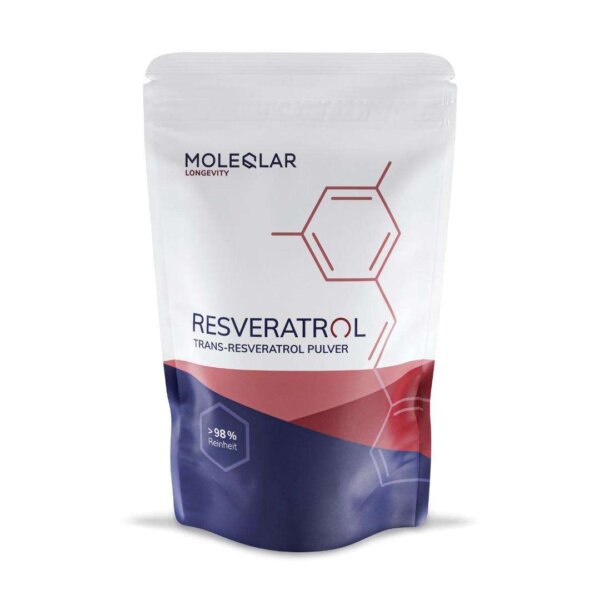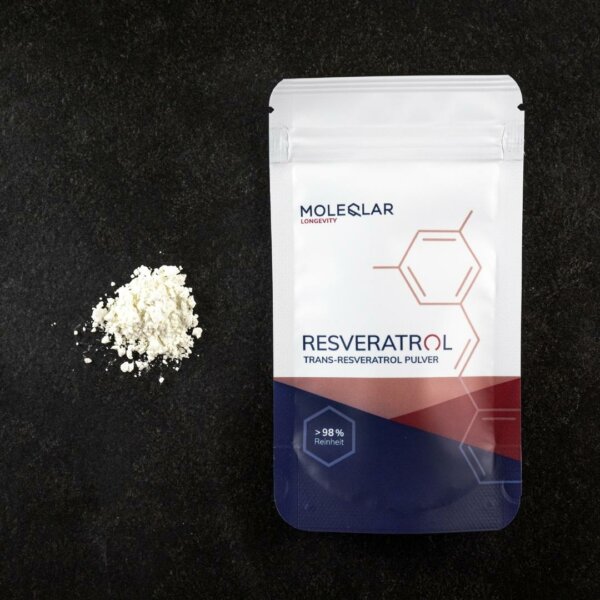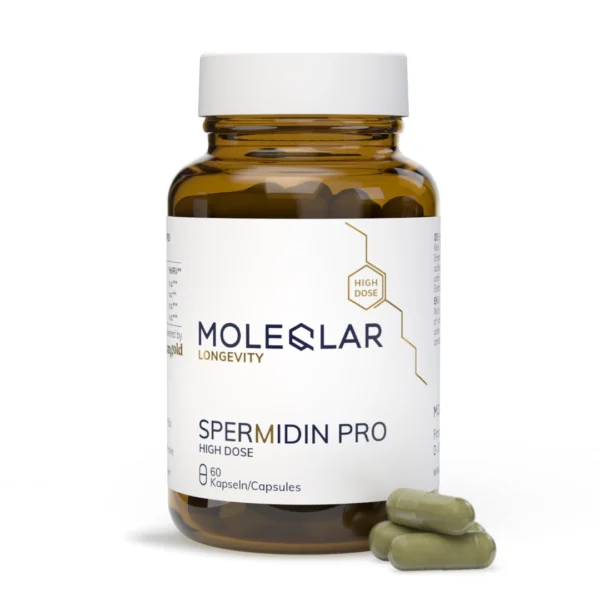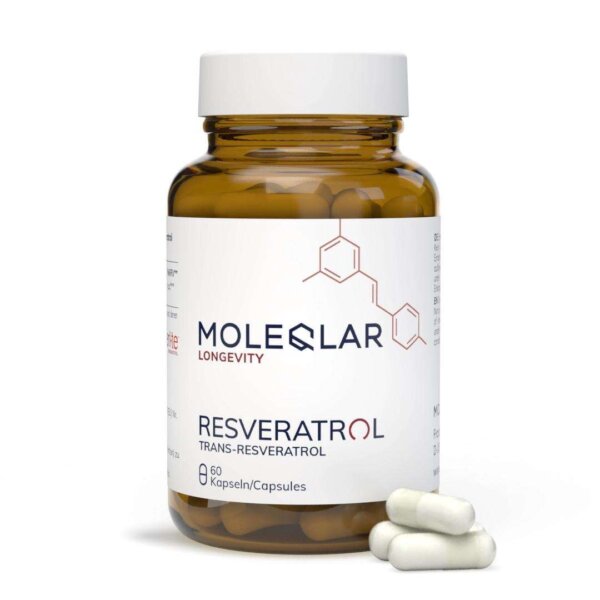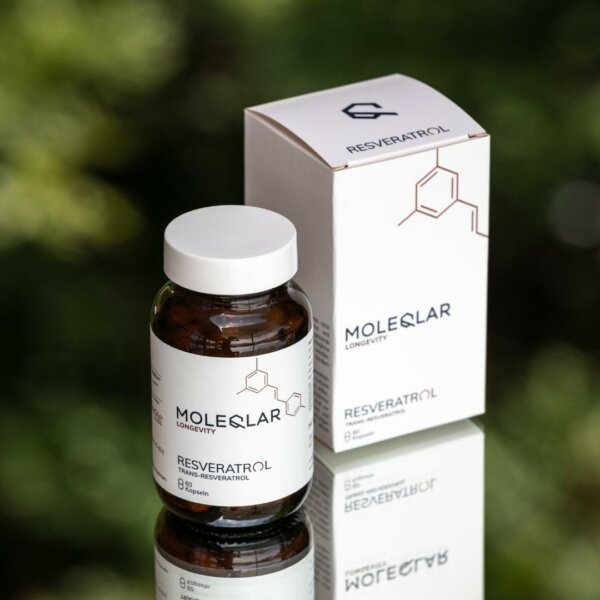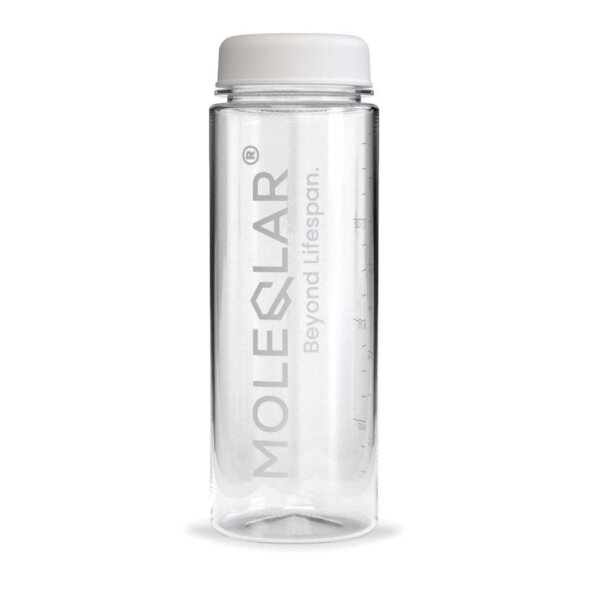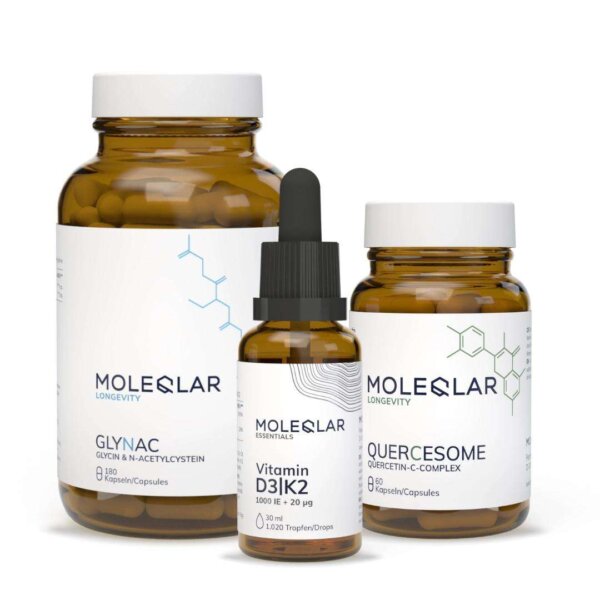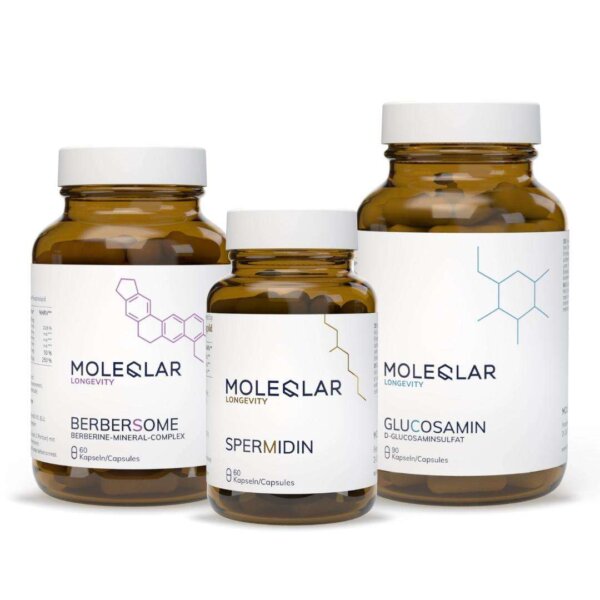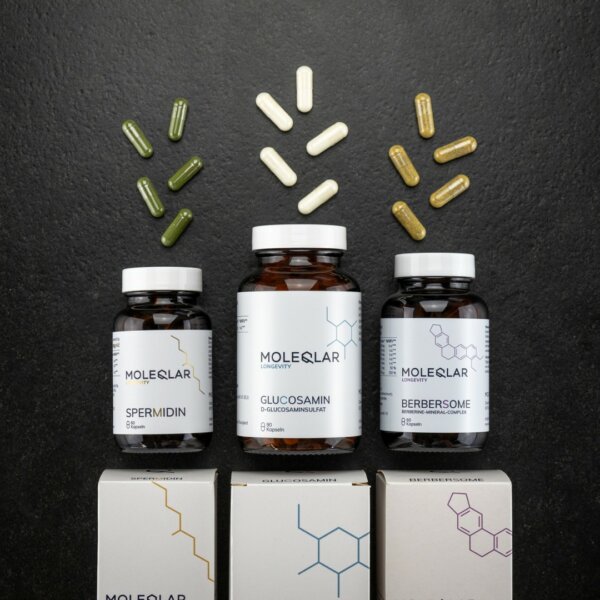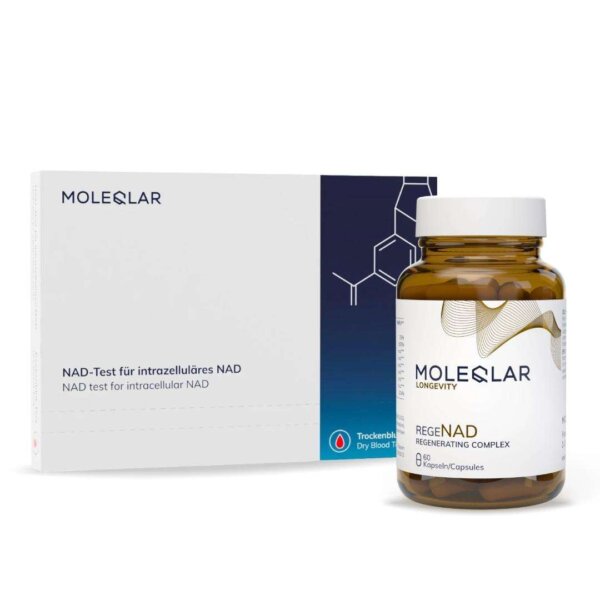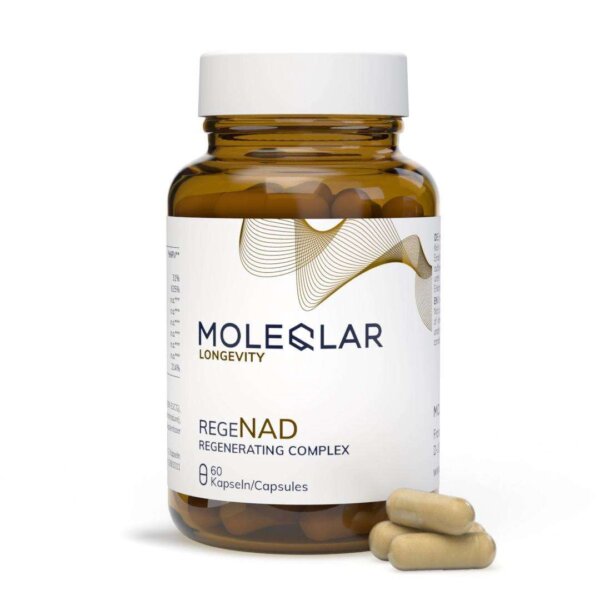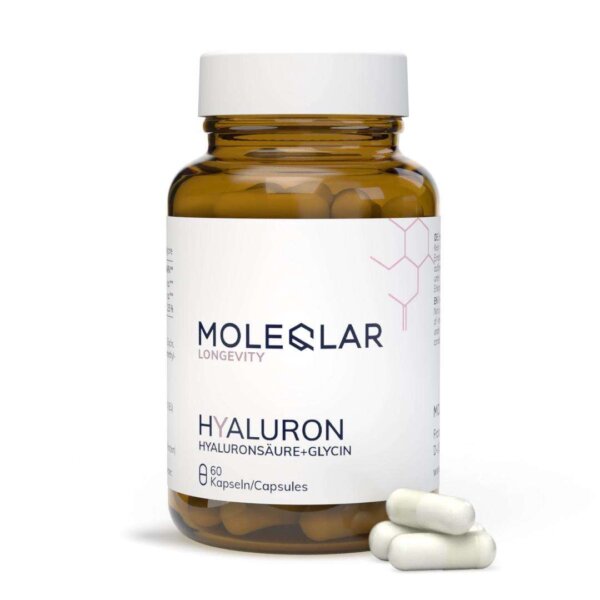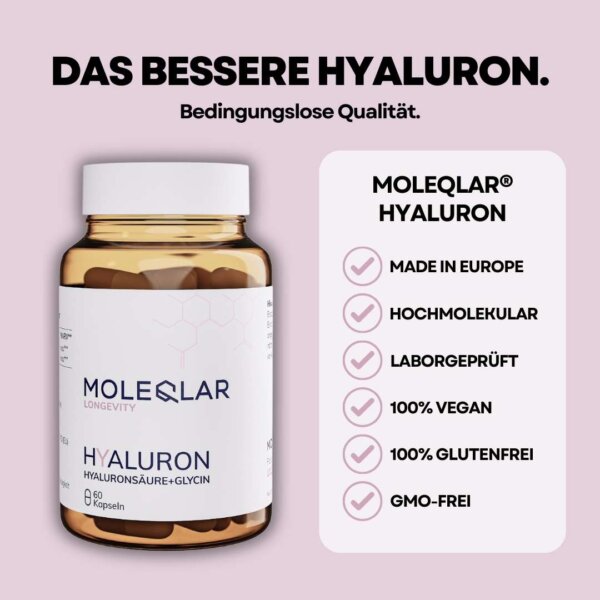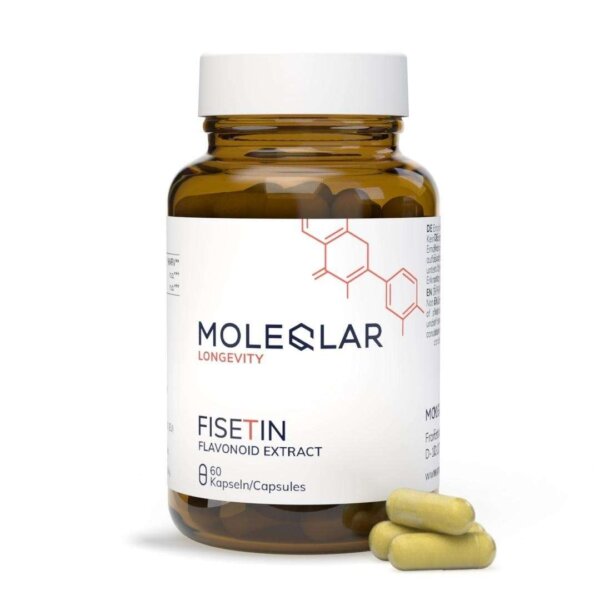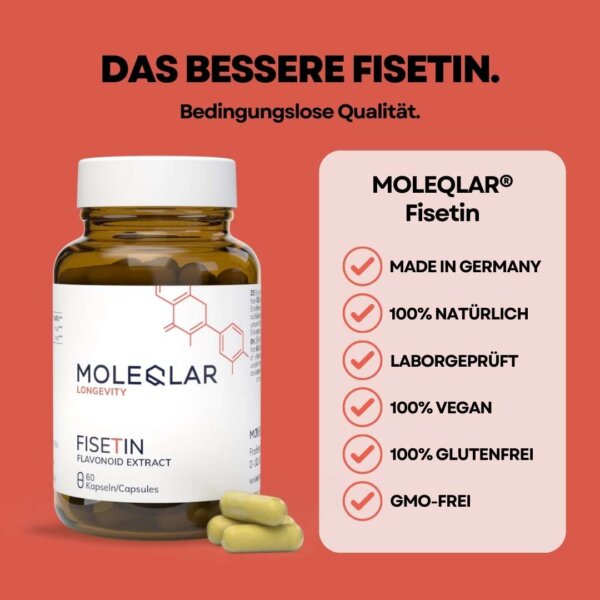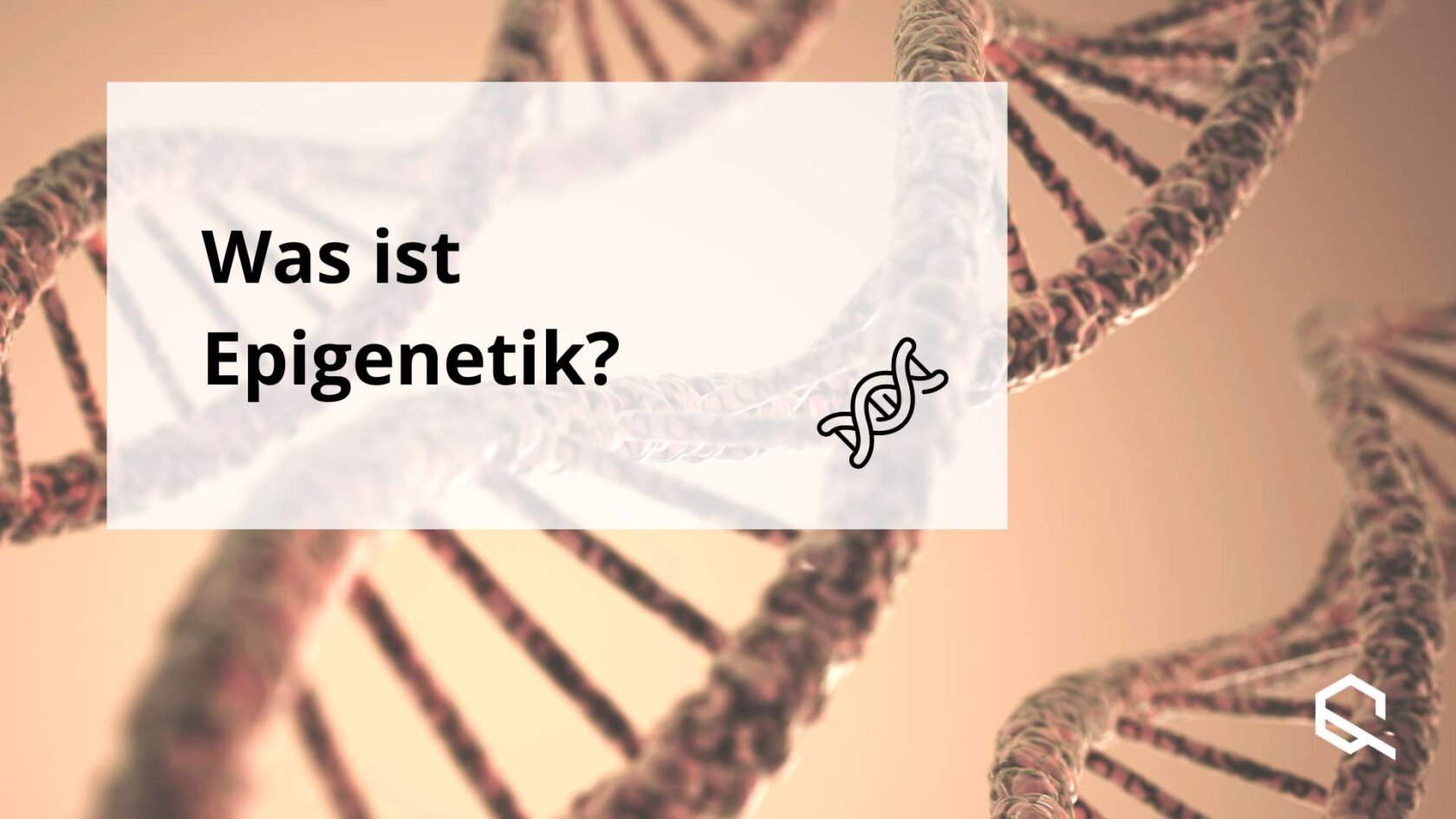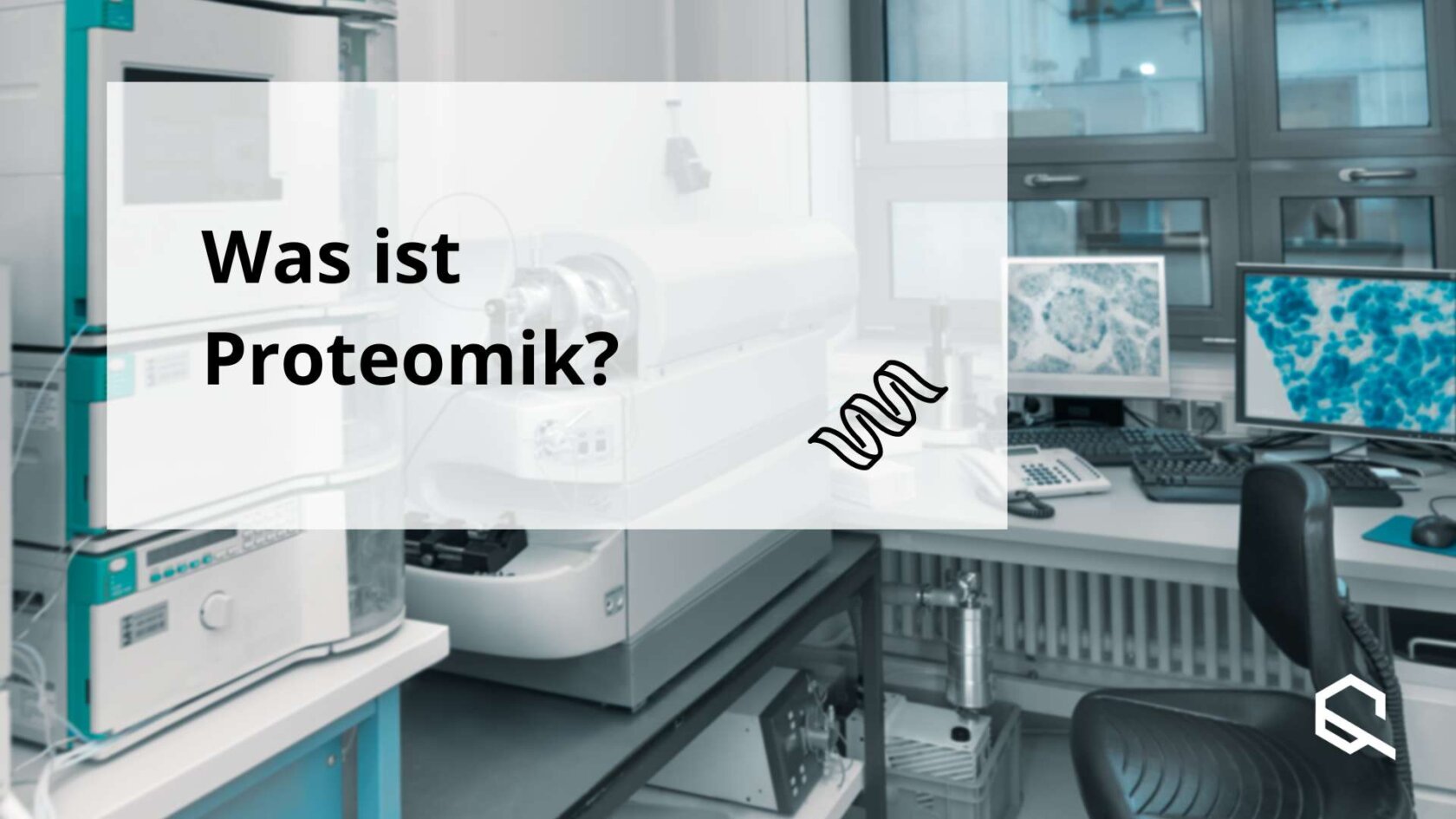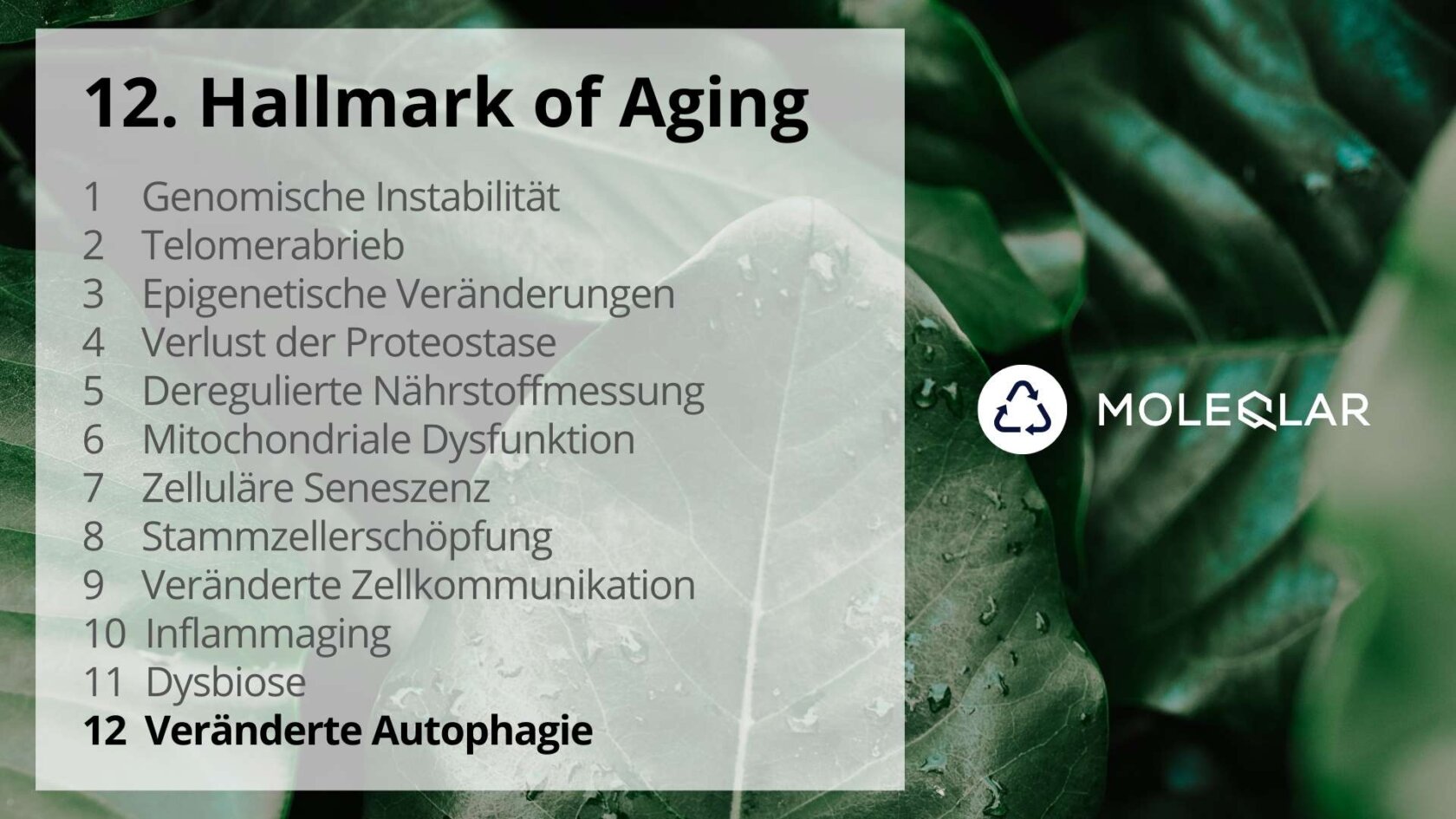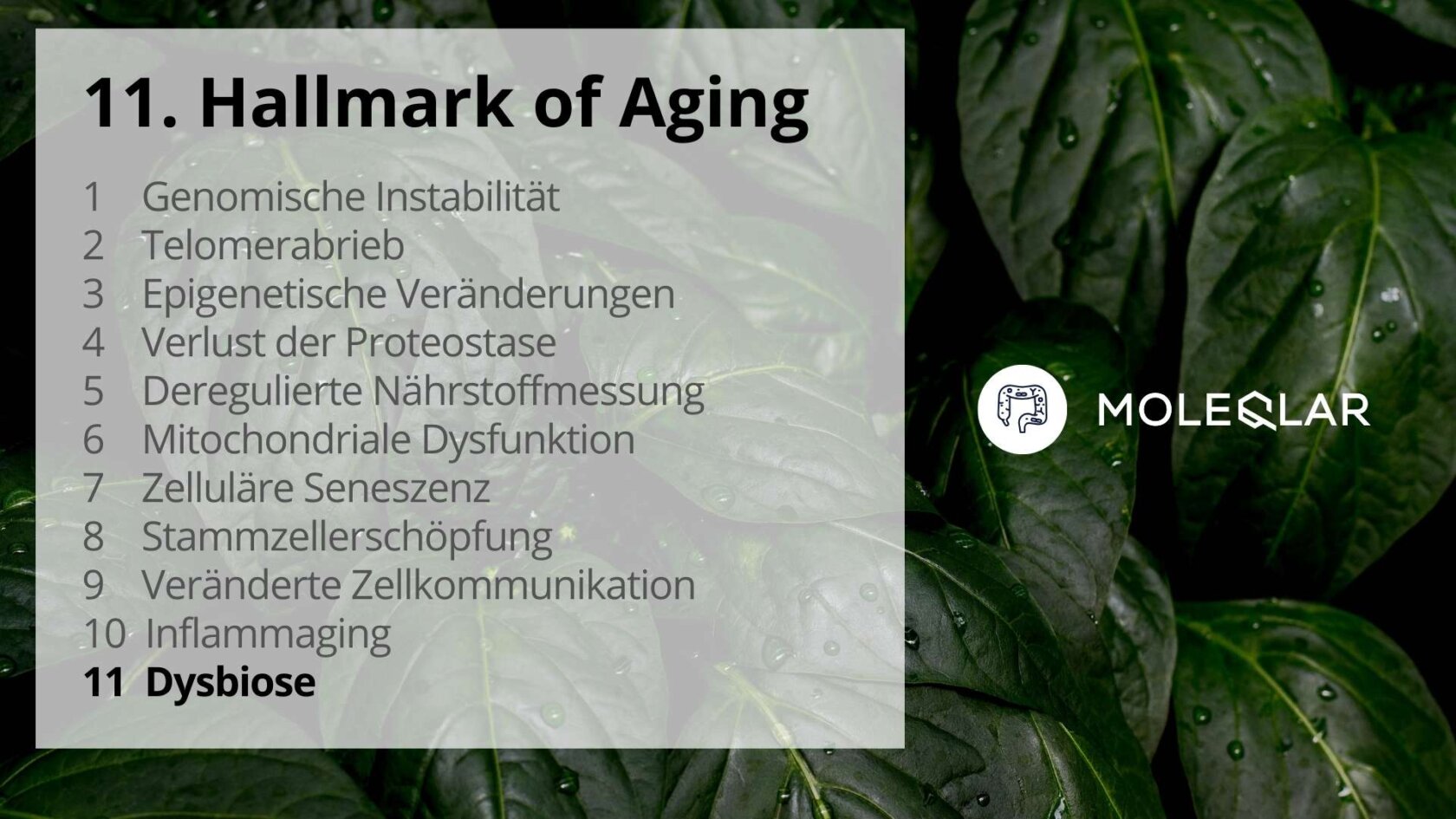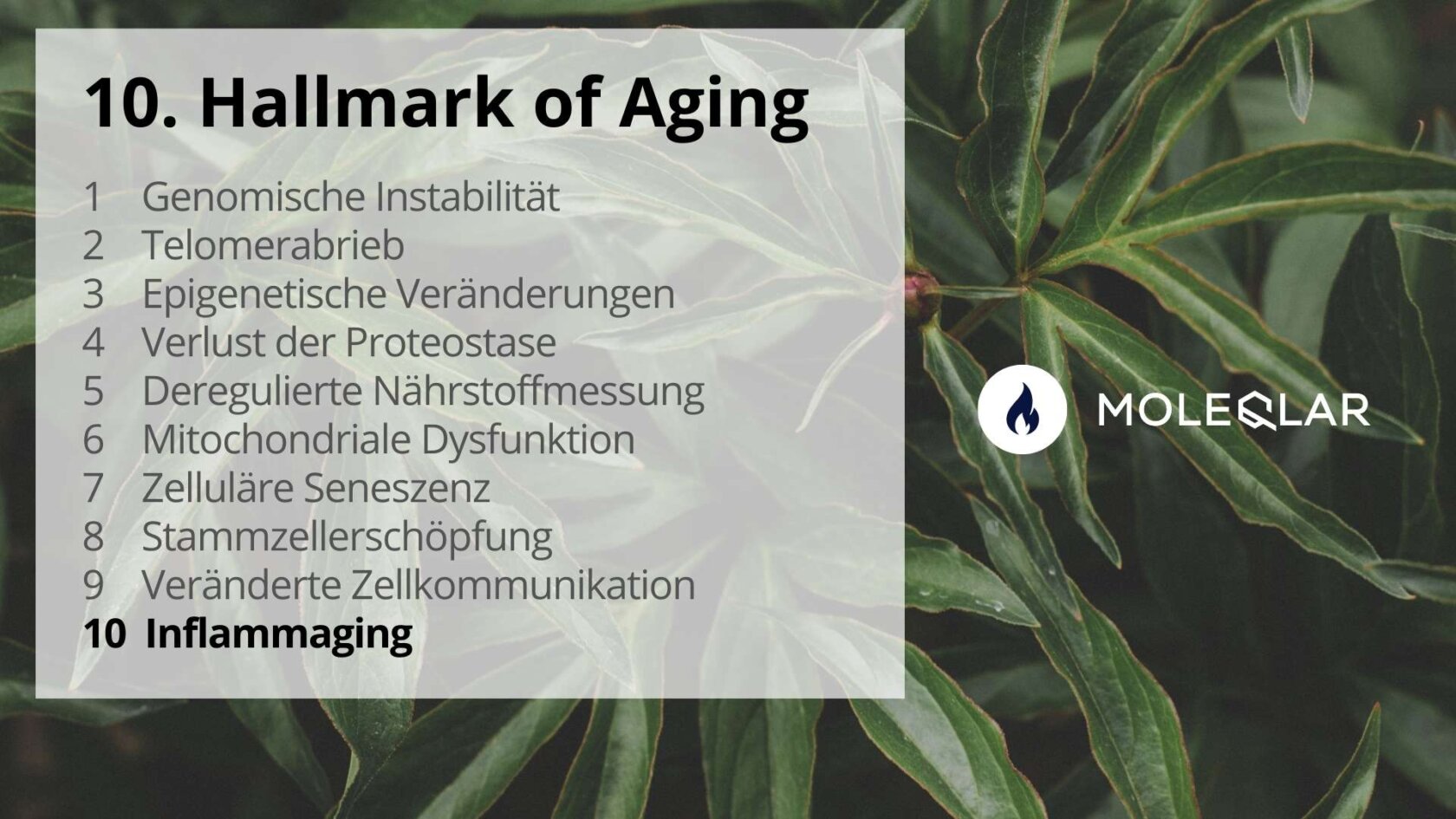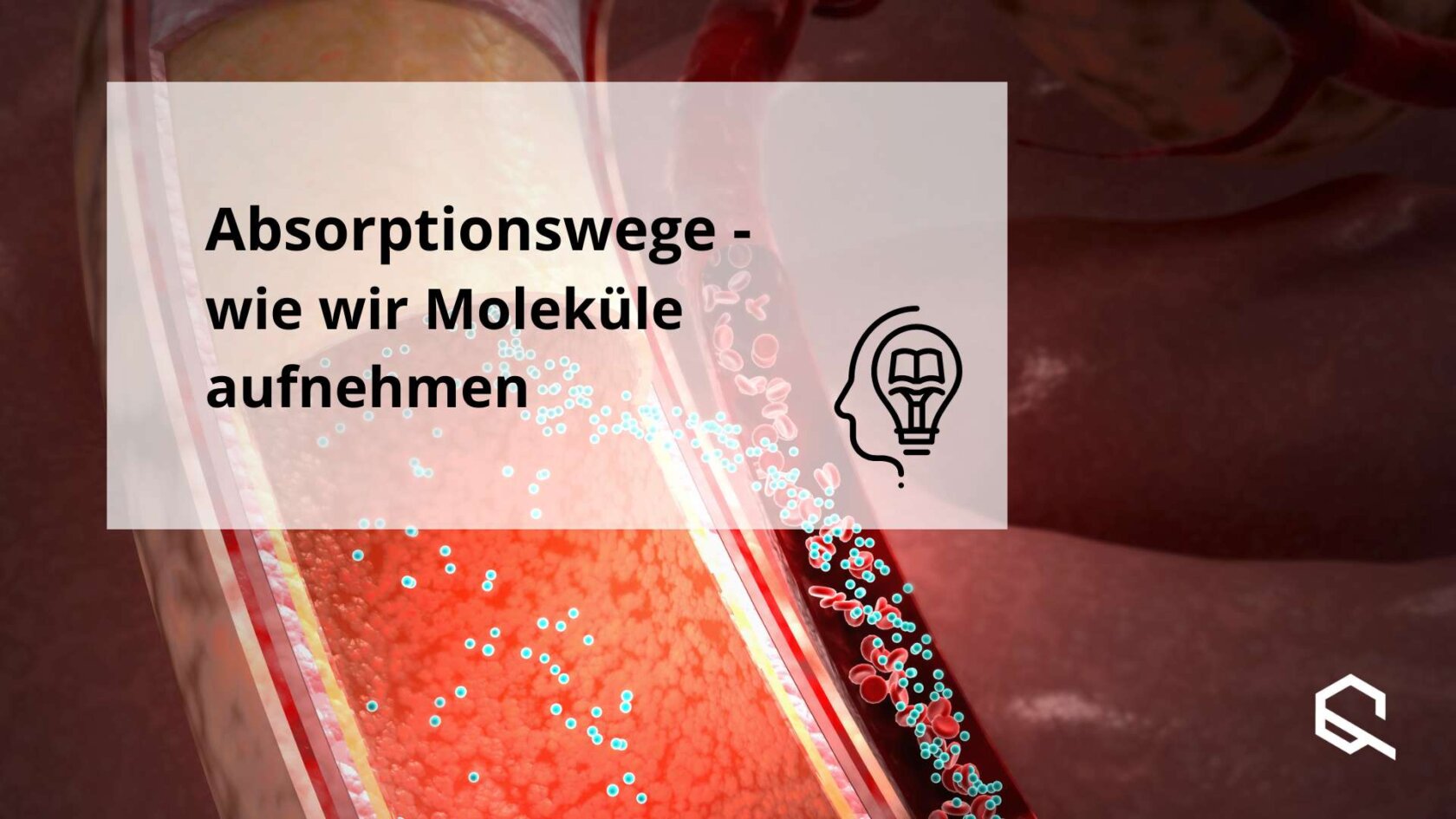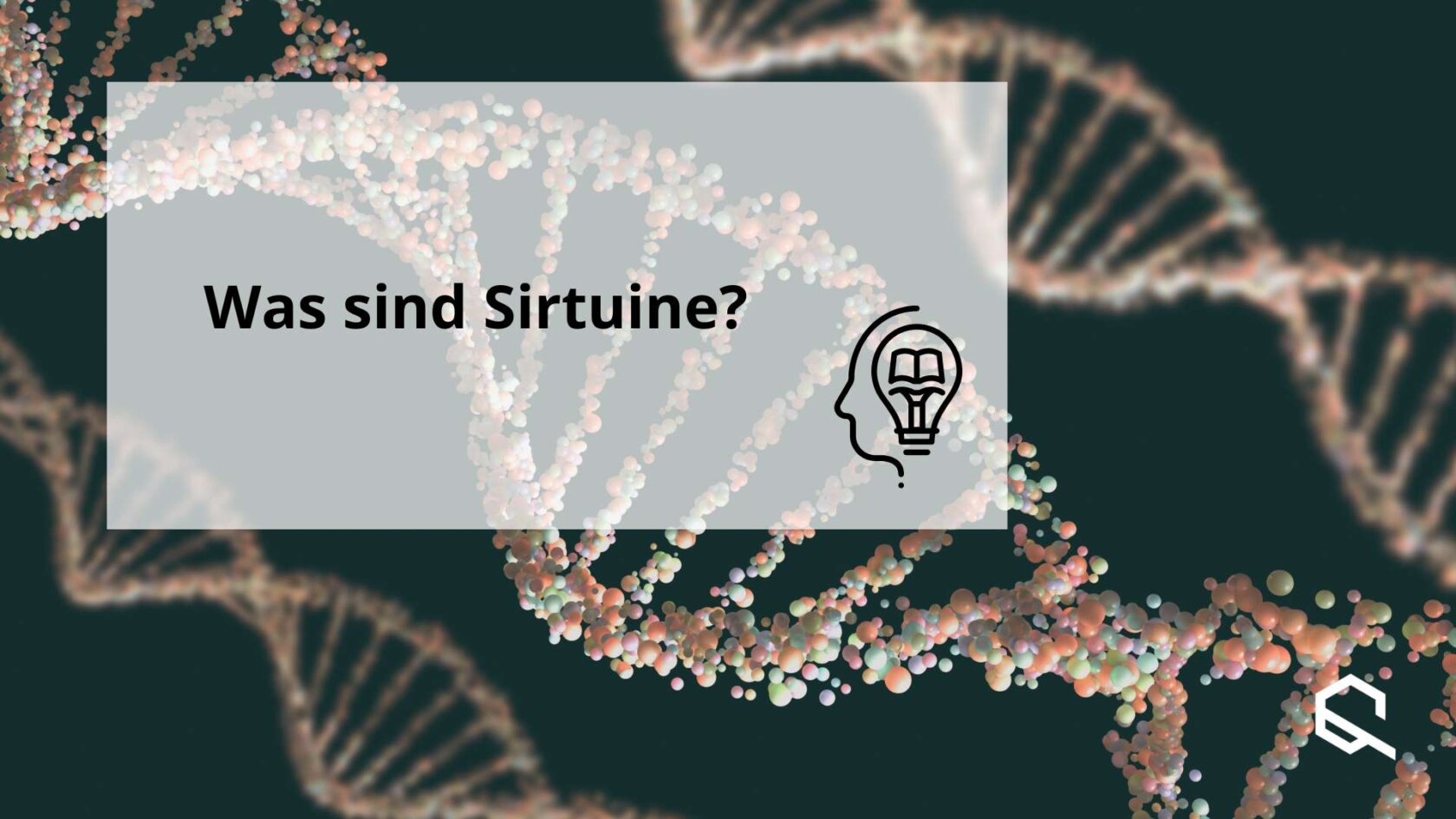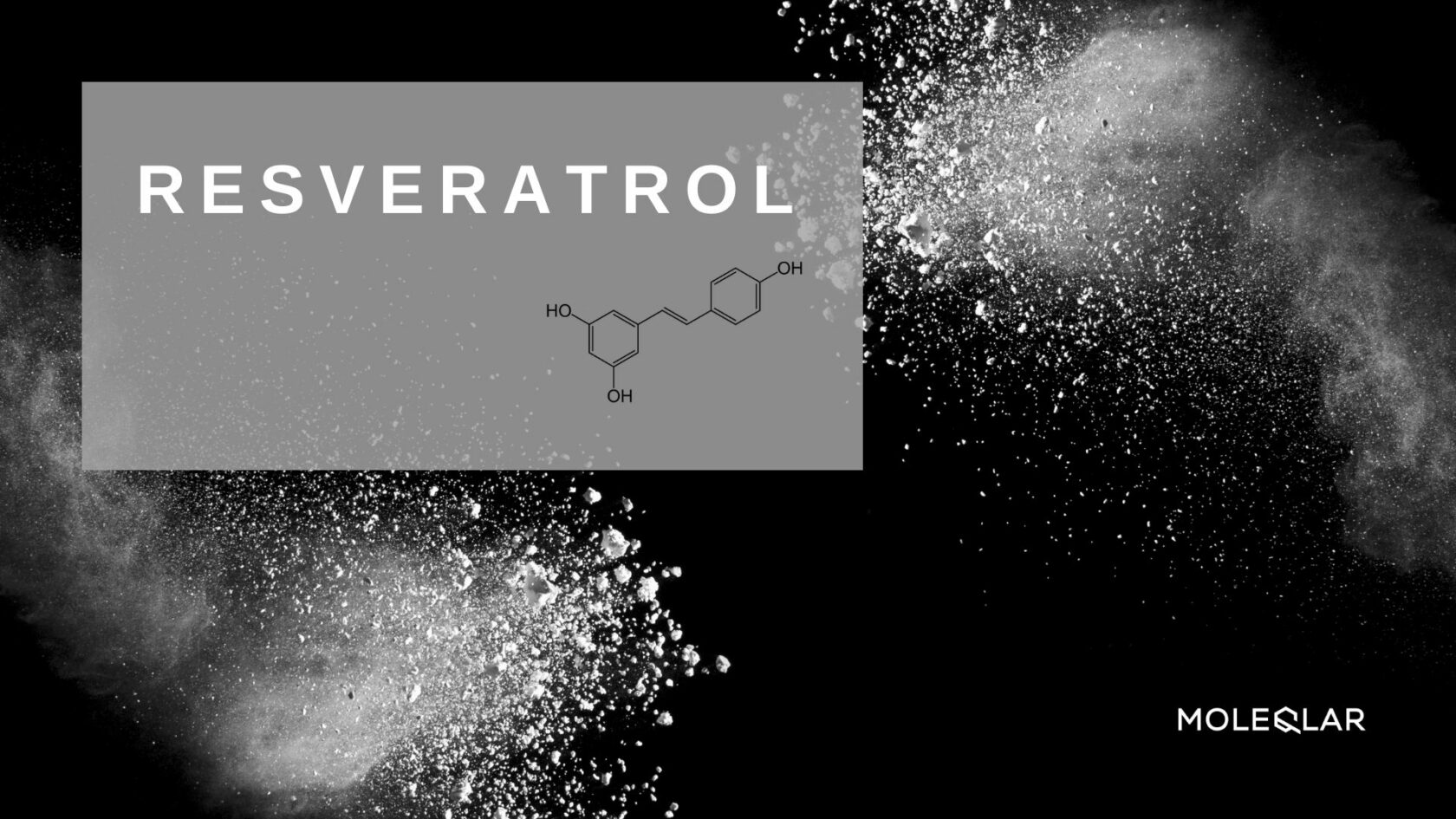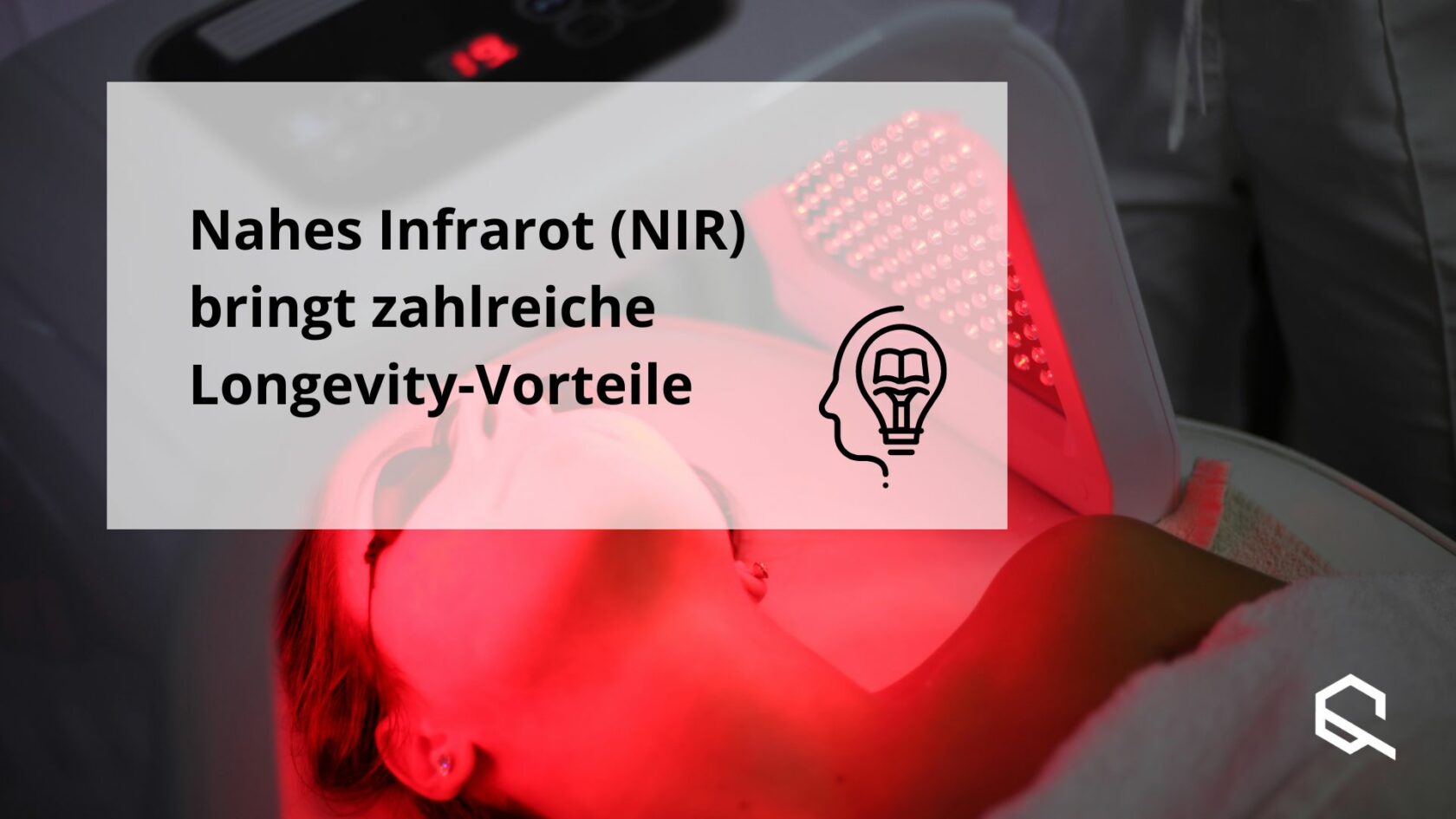Epigenetics is one of the most exciting fields of research. It used to be thought that everything was in the genes, but today we know that only around 20% is directly inherited and the remaining 80% of our lifespan is determined by epigenetic changes.
The average adult consists of the immense number of around 100,000,000,000,000 cells. With only a few exceptions, such as mature red blood cells, all these cells have a cell nucleus in which the human genome is located. We are already familiar with this term from the first Hallmark of Aging - genomic instability. Accordingly, the genome is a term that simply describes the entirety of an individual's hereditary information. This is information for the production of proteins that help to determine and change the appearance of the body.
So what does epigenetics do? Put simply, epigenetics determines which information is read and which is not. Here we show you what effects epigenetics can have and what epigenetic changes have to do with age.

What does epigenetics do?
Every cell contains the same genetic information. So how can it be that some cells become muscle cells and others become skin cells? The answer is hidden in the cell nucleus.
We humans not only have a genome, but also an epigenome. The epigenome is a collection of chemical changes to the DNA that practically functions like a switch. Many genes have such a switch. If the switch is ON, the gene is "expressed", i.e. the blueprint is put into action and the desired protein is produced. If the gene is switched OFF, it is considered silent and no protein is produced.
Perhaps to better illustrate this. Imagine your DNA is the text in a book. However, you never read the entire book, as it is far too big, but only sections of it. So that you can remember which sections you want to read, you have stuck small post-it notes at the beginning and end of the text passage. These post-it notes are your epigenetic markers.
In chemical terms, these are methylated sites on your DNA. They do not change your DNA per se, but determine which sections are read - and which are not. To make things even more complicated: The sections of text change throughout your life. Sometimes passages from one chapter are read and sometimes passages from another chapter. And it also depends on which cell you are looking at.
Did you know? Epigenetics is used to measure biological age. Using the surface characteristics of DNA and modern algorithms, it is now possible to calculate fairly accurately how old a body cell is compared to its chronological age. It is precisely this technique that is used in the epiAge test.
Even more exciting is the relatively new method of measuring the proteins in the cells. With the help of so-called proteomics, one goes one step further and measures not the DNA, but the proteins produced. This allows a more modern and precise view of cell metabolism.
The diversity of genes
Each gene contains the blueprint for one or more proteins. This is made possible by a process called "alternative splicing". This means that not all of the information on a gene is always read or used, but only parts of it for some proteins.
Accordingly, the number of proteins significantly exceeds the number of genes: if science today assumes that there are 20,000 to 25,000 human genes, the number of proteins in humans is estimated at 80,000 to 400,000. More precise statements are currently difficult to make because research is still a long way from decoding all proteins.
A groundbreaking development by the company DeepMind, which has developed software that can predict the 3D structure of proteins with the help of a neural network called AlphaFold, will certainly help here.
The role of epigenetic fixation
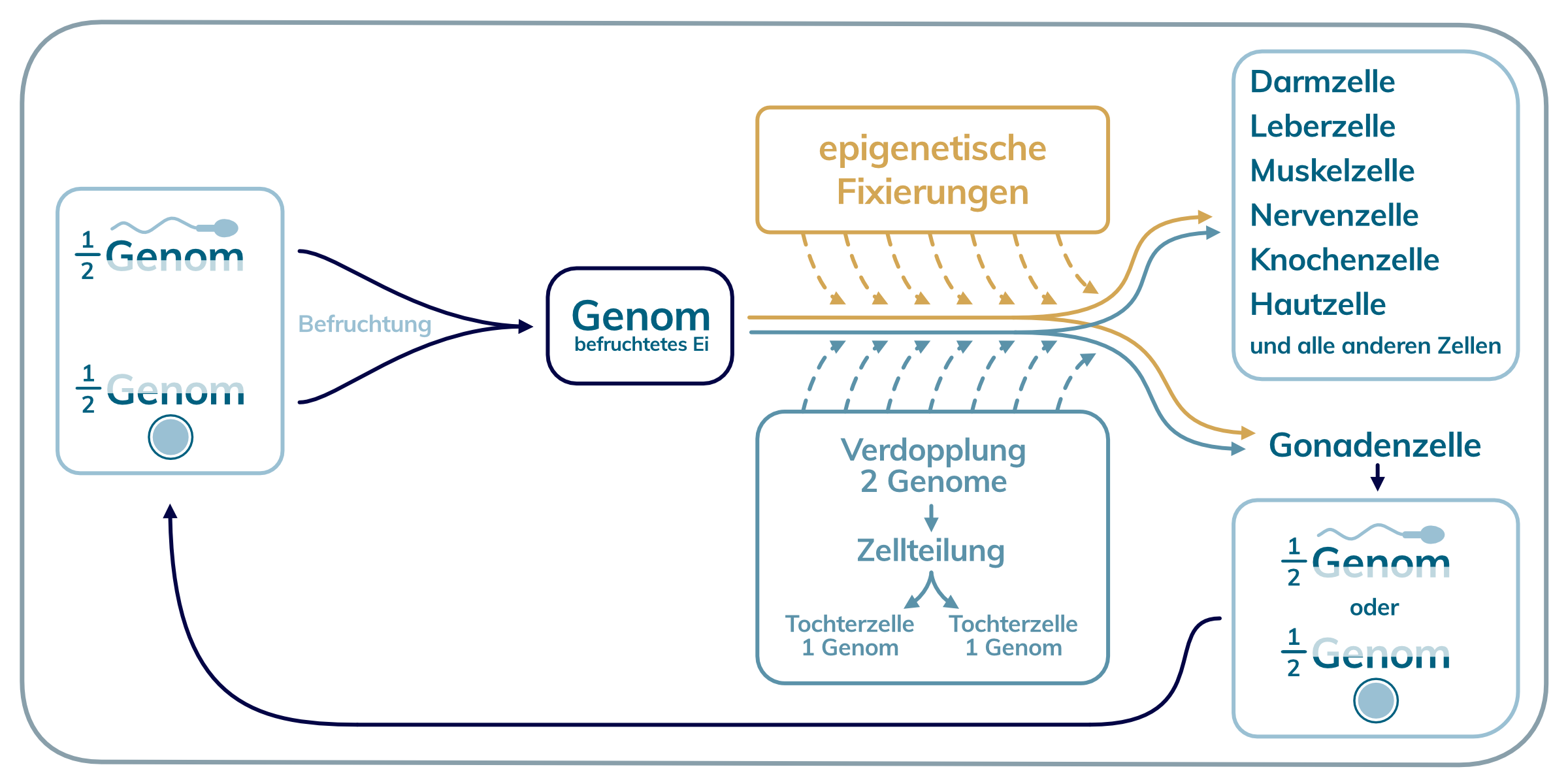
The role of epigenetic fixation
Epigenetics, also known as epigenetic fixation or epigenetic imprinting, is the reason why cells with the same prerequisites develop into different cell types. They all have the same genome, but different epigenomes that tell them which proteins need to be produced and what type of cells they ultimately need to be.
In addition, epigenetics is partly hereditary, at least according to the current state of research. Research into epigenetics is still a relatively young field, but there are already some exciting results.
Did you know? Now that we have discovered that we can find out our biological age with the help of epigenetic changes, the question remains as to how we can influence it. In addition to exercise and fasting, there are also some molecules that can help us to reduce our biological age. Calcium alphaketoglutarate (Ca-AKG) is at the forefront of this. In human studies, it has been shown to reduce biological age by up to 7 years! It also helps to build muscle and bone and supports our mitochondria.
Are epigenetics partly responsible for the obesity epidemic?
According to WHO figures, the number of people who are overweight has tripled since 1975. According to these figures, 1.9 billion people worldwide were overweight in 2016.
Obesity, especially severe obesity with a high visceral fat content, poses a risk for many age-related diseases such as diabetes mellitus and cardiovascular diseases.
But where does this sharp rise in obesity come from? A large part is caused by poor eating habits and too little exercise, but epigenetics also has a hand in this.
Several animal experiments suggest that children of overweight parents inherit epigenetic patterns that predispose them to put on more weight more quickly. The important point in the experiments was that it is often not the inherited genetics, but the inherited epigenetic pattern.
The good news here, however, is that this pattern can be broken, for example by replacing the harmful epigenetic markers with new, more beneficial ones through the right diet. However, further research is needed to find out exactly what this might look like in humans.
Epigenetic changes and ageing
In contrast to the rigid DNA template of the genome, the epigenome changes throughout life. Changes occur during physiological development, for example, but environmental factors such as stress, illness or nutrition also have an impact and not all changes are for the best.
Different epigenetic mechanisms cause the changes. This complexity is also the reason why we are focusing our attention on just one, but very important, epigenetic mechanism: DNA methylation.
This foreign word refers to the transfer of special chemical molecules, the methyl groups, to the DNA. For the sake of clarity, we will leave out the rest of the chemical subtleties. As a result of the attachment of these chemical groups, the architecture of the DNA changes. Whereas the stability of a house suffers, the reading of proteins in DNA is only possible in a modified form. To return to our analogy from the beginning. The DNA methylations are the colored post-it notes that tell you whether you want to read the text behind them or not.
Chemical reactions in the body, and therefore also the transfer of methyl groups, generally require the presence of enzymes, as these create the optimum conditions. Accordingly, enzymes are also required here, the so-called DNA methyltransferases (enzymes that transfer the methyl groups to the DNA). What does this rather complicated input have to do with ageing?
Recent studies have shown that more and more methyl groups bind to the DNA over time. Epigenetic changes therefore increase in total with age - a fact that the Horvath clock makes use of.
Progeria and DNA methylation
As a reminder: Progeria is a group of diseases with a blatantly (up to 10-fold) increased ageing rate. For example, it is possible for a ten-year-old girl with Progeria to have a biological age of 70. You can find more details on Progeria in the first Hallmark of Aging, genomic instability.
In these people and in mice that were also affected, researchers found methylation patterns that were largely similar to those in healthy people of advanced age. A connection between DNA methylation and age is therefore already present. Direct experimental proof that the organism's lifespan can be extended by changing the DNA methylation patterns is still pending.
DNA methylation

Epigenetic changes - outlook
In contrast to DNA mutations, epigenetic changes are reversible. Based on this fact, there are opportunities for the development of new longevity treatments. The totality of current scientific evidence suggests that understanding and manipulating the epigenome holds great promise for improving age-related pathologies. Inextricably linked to this is an extension of healthy lifespan.
Considering the enormous complexity of epigenetics on the one hand and the current state of research on the other, however, it is clear that efforts are still in their infancy, especially with regard to humans. The next few years and decades will show to what extent tangible starting points for anti-ageing and prevention can be derived from this. After all, research is not a one-way street towards success - but it is certainly one towards understanding and education.
The next article in this series deals with the fourth characteristic of ageing: loss of proteostasis.
Literature
- López-Otín, Carlos et al. "Hallmarks of aging: An expanding universe." Cell vol. 186.2 (2023): 243-278. link
- Kleinert, Maximilian et al. "Animal models of obesity and diabetes mellitus." Nature reviews. Endocrinology vol. 14,3 (2018): 140-162. link
- Ouni, Meriem, and Annette Schürmann. "Epigenetic contribution to obesity." Mammalian genome : official journal of the International Mammalian Genome Society vol. 31,5-6 (2020): 134-145. link
- Durairaj, Janani et al. "Uncovering new families and folds in the natural protein universe. "Nature 622,7983 (2023): 646-653. Link
Graphics
The images were purchased under licence from Canva.



